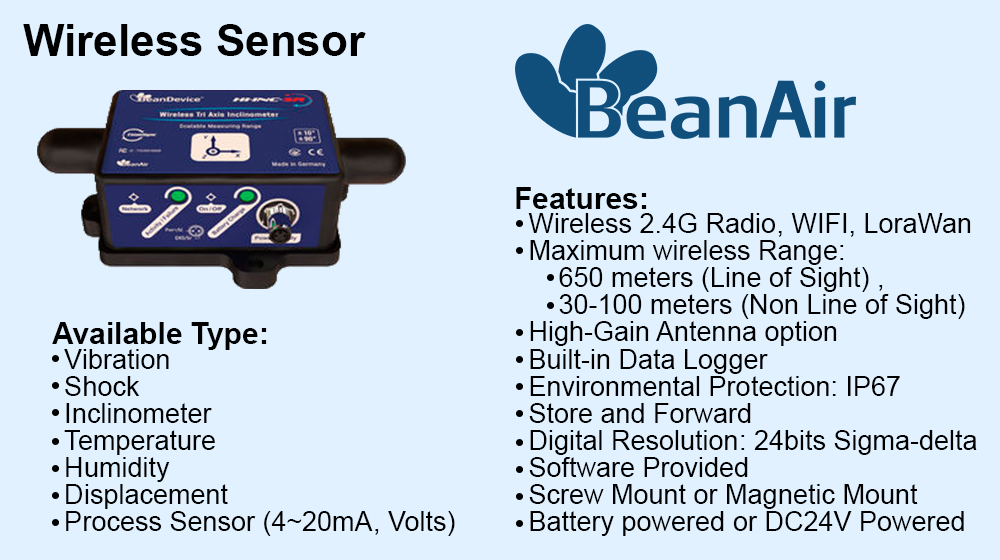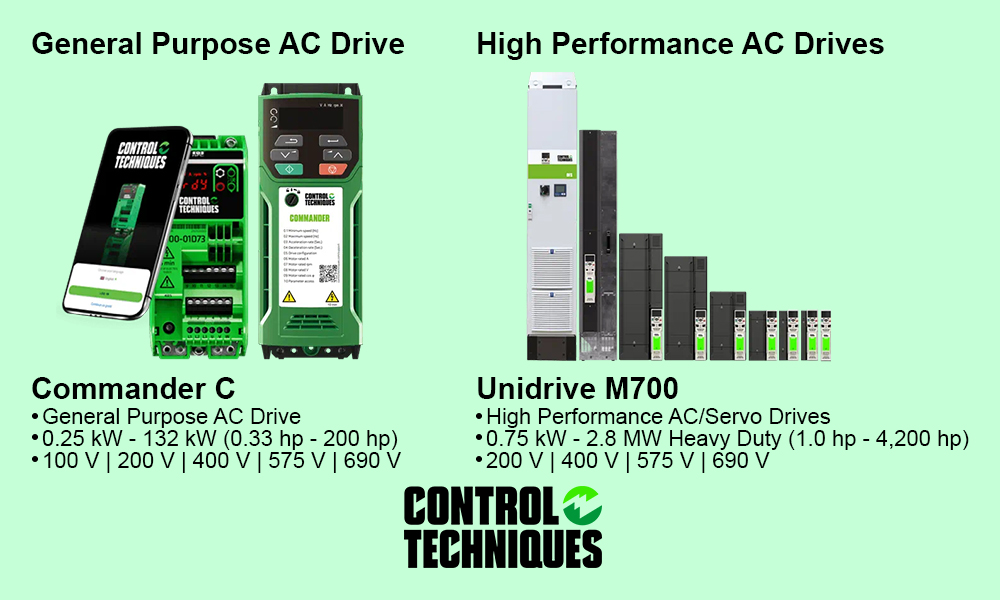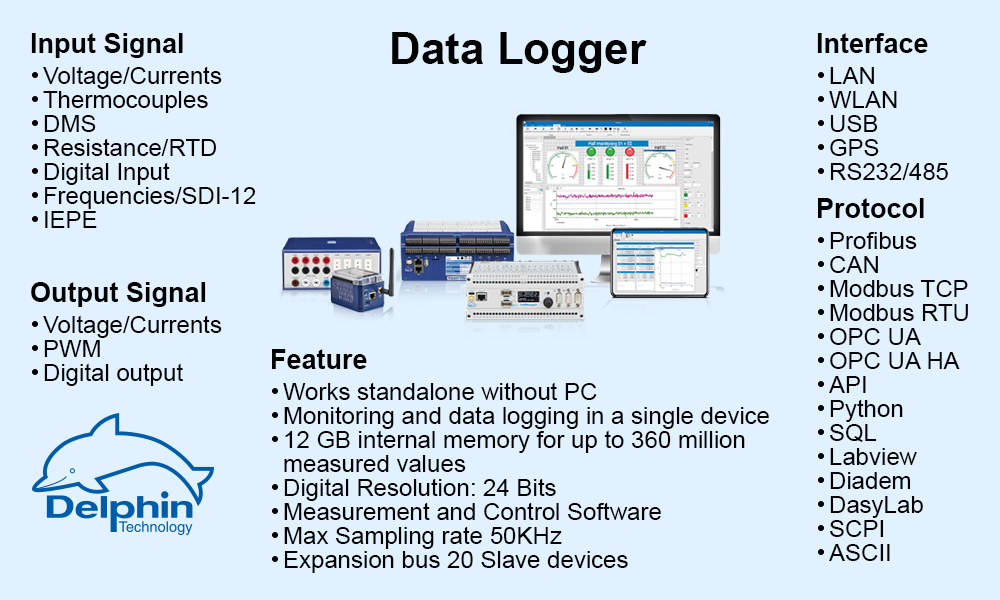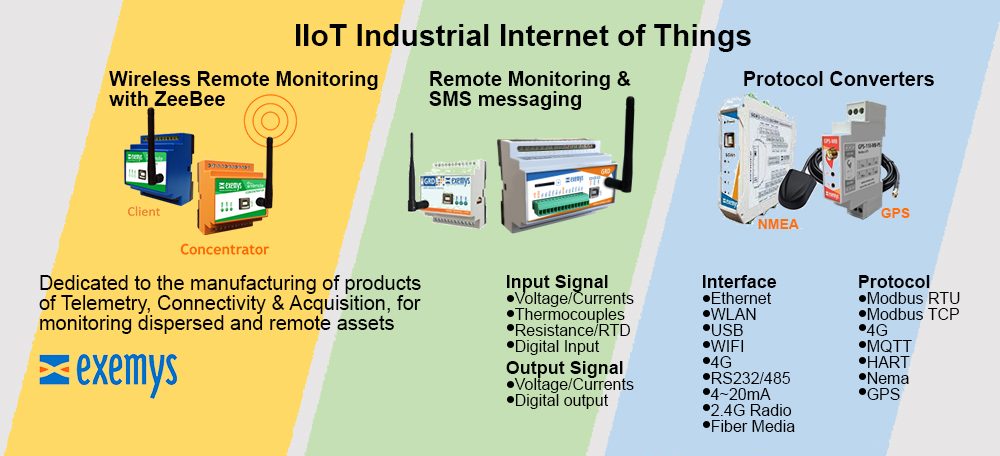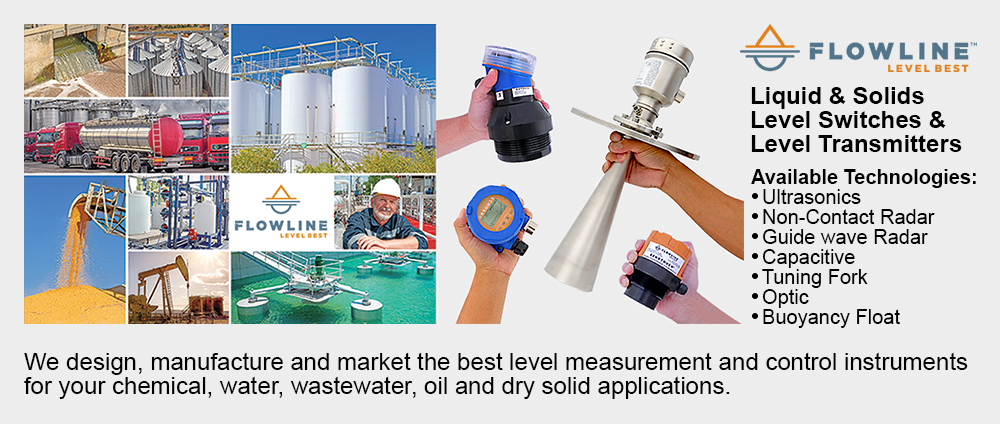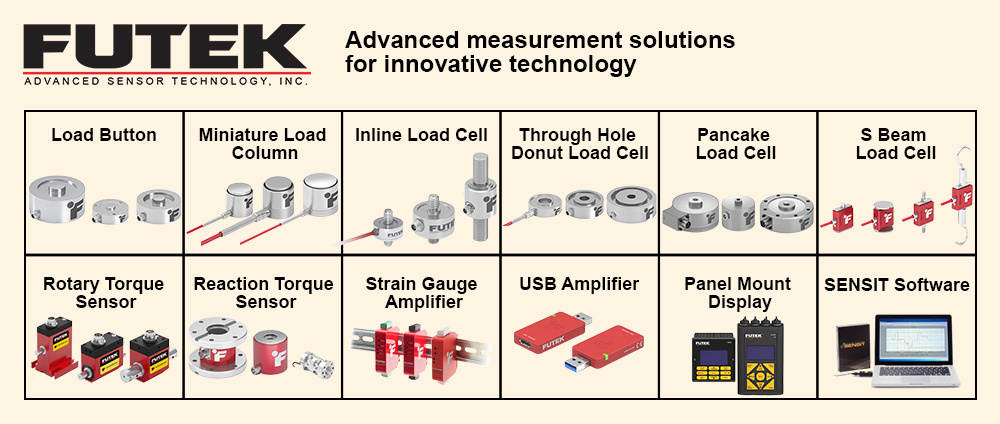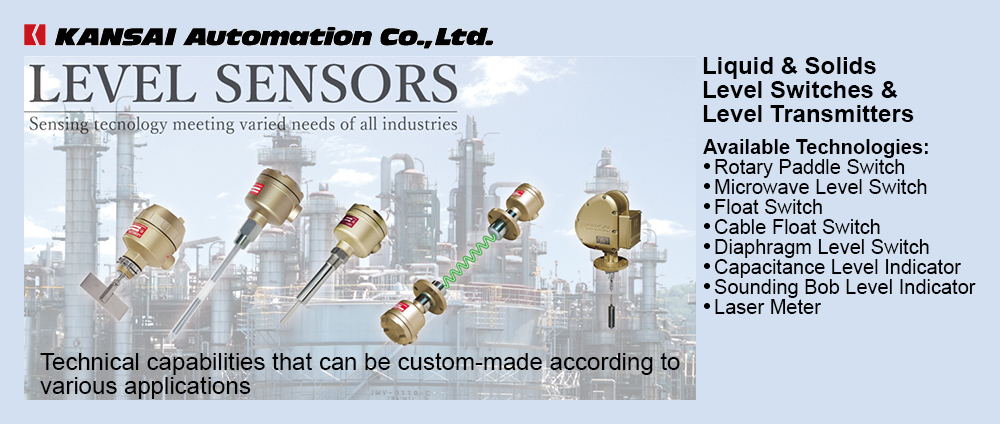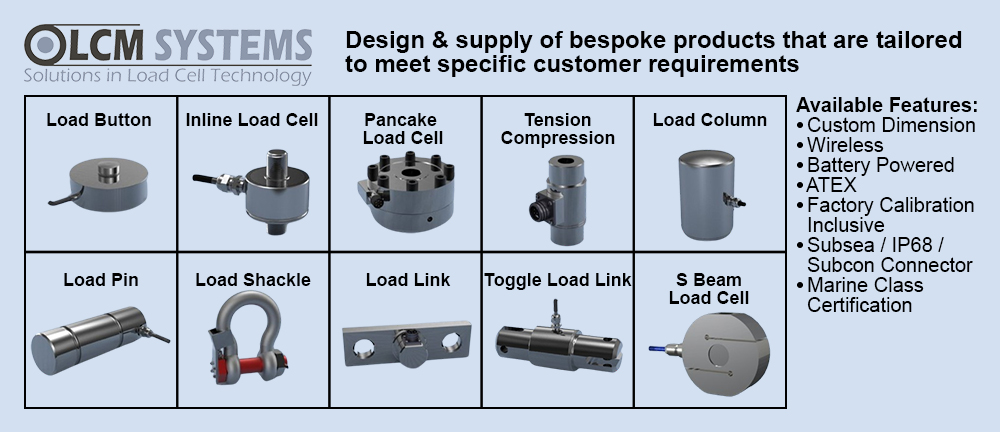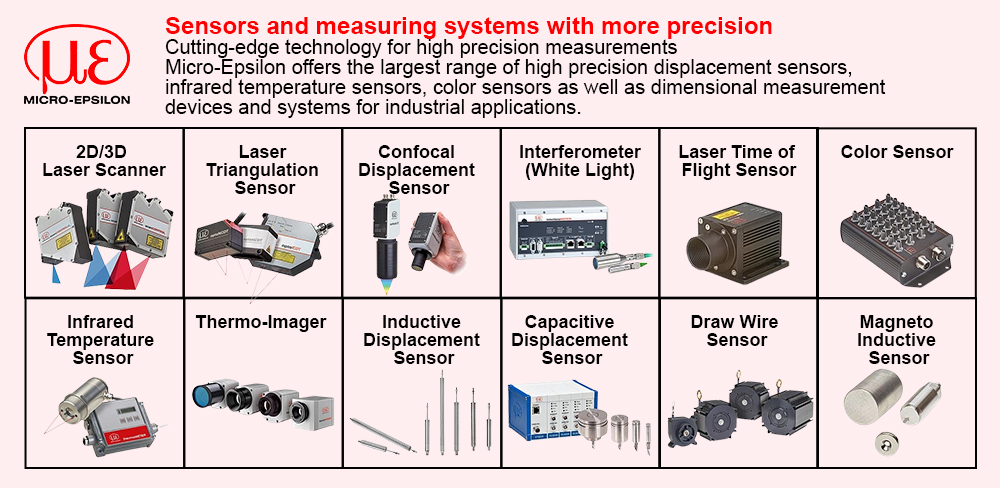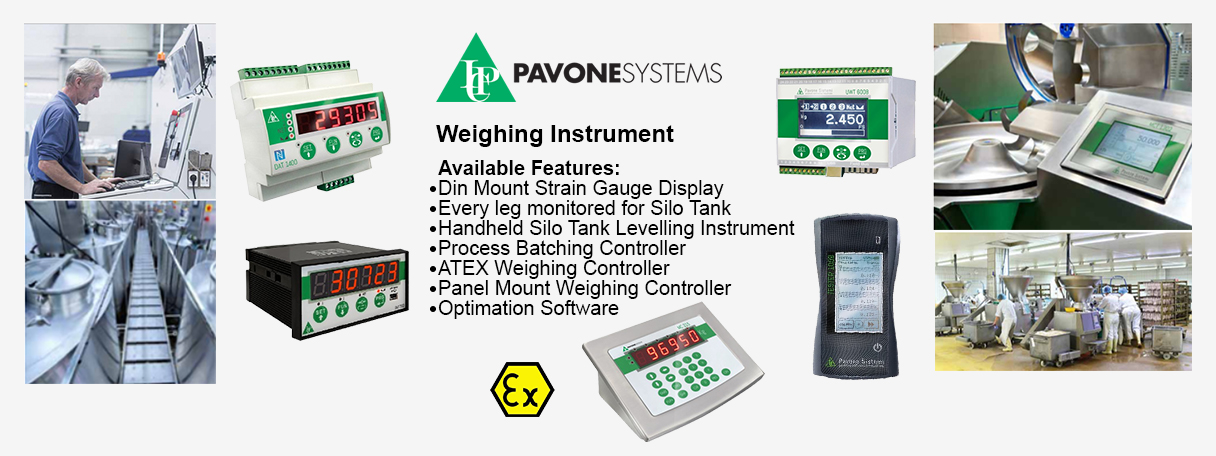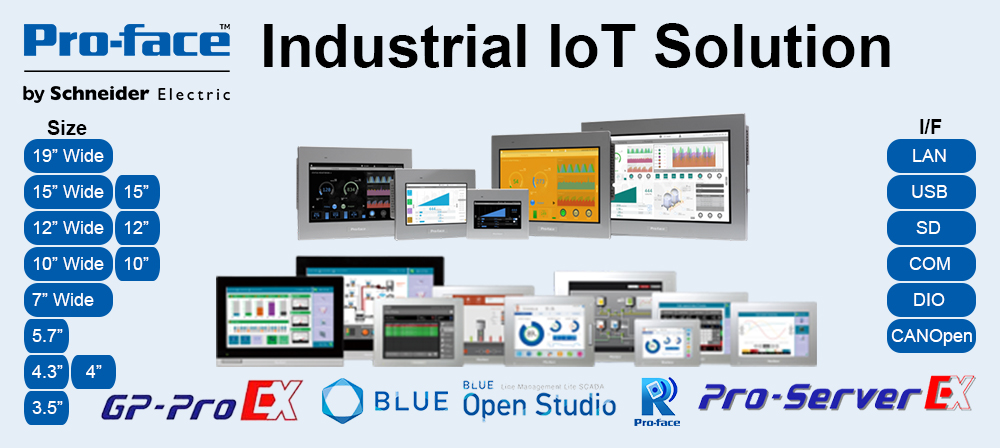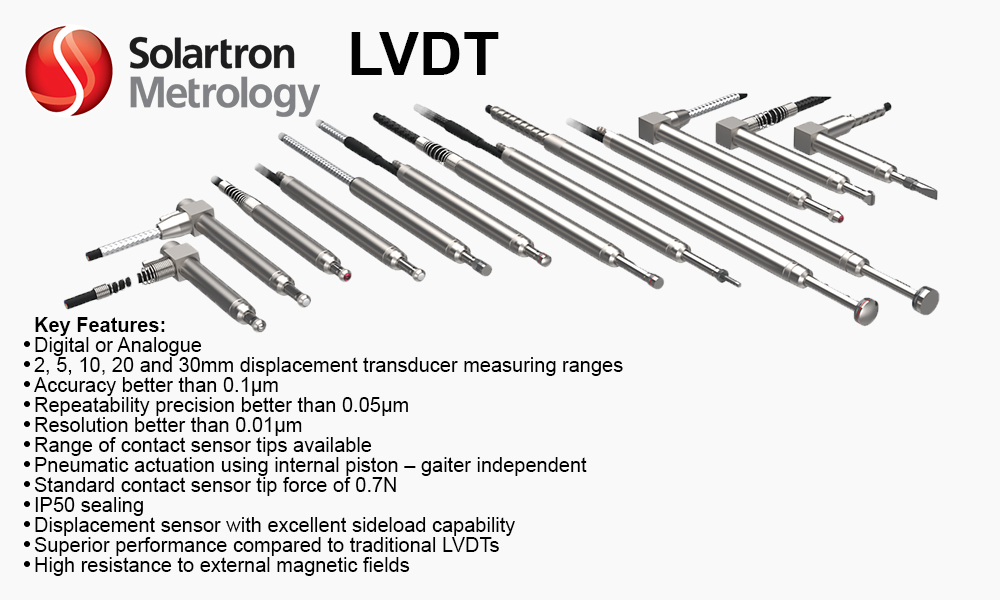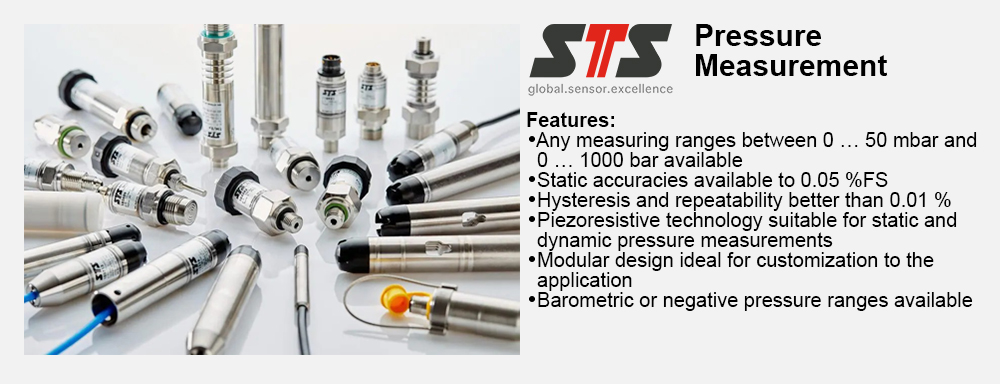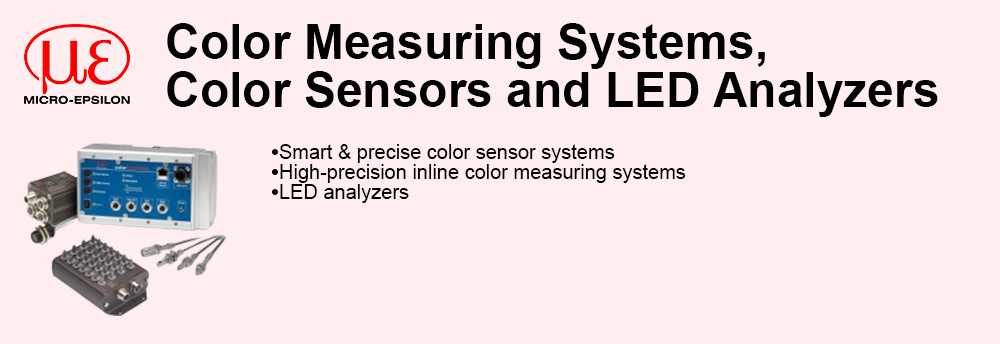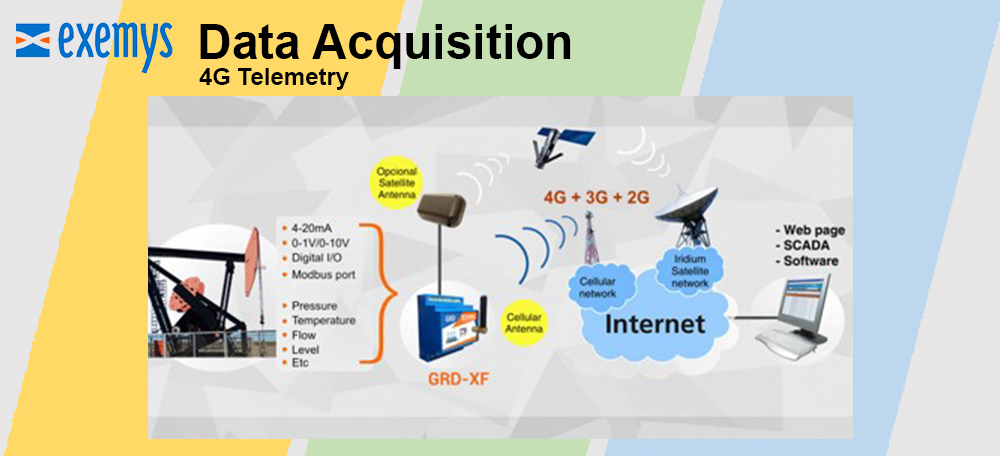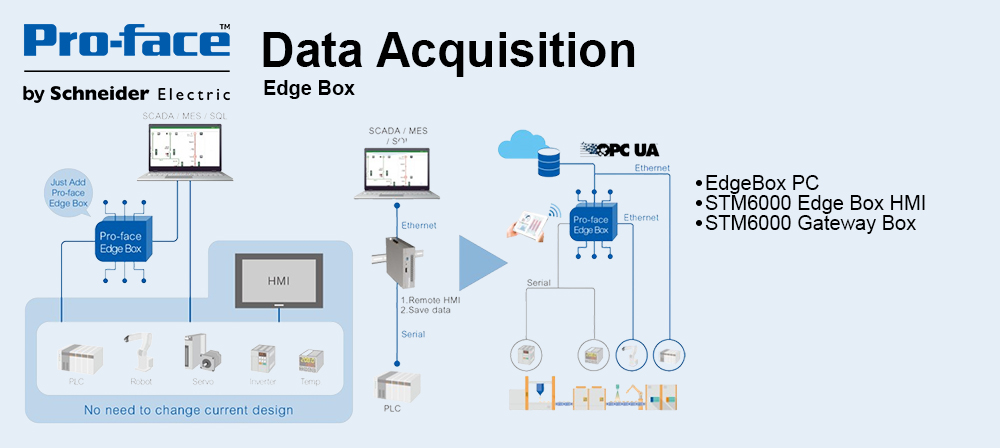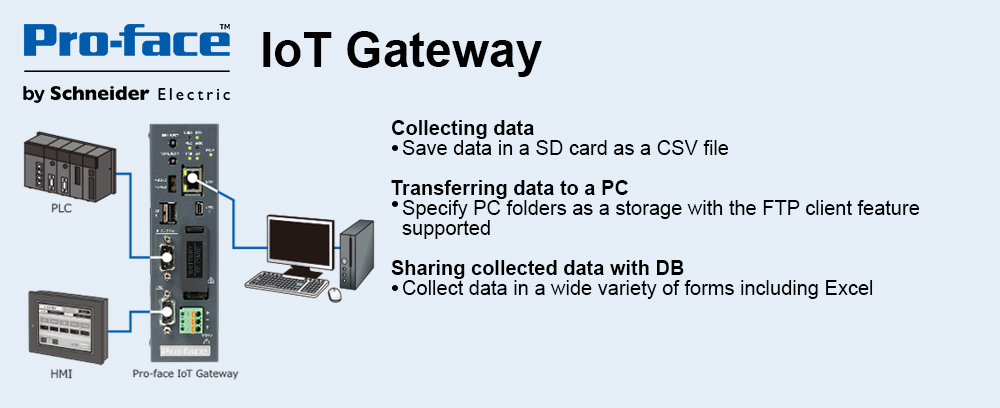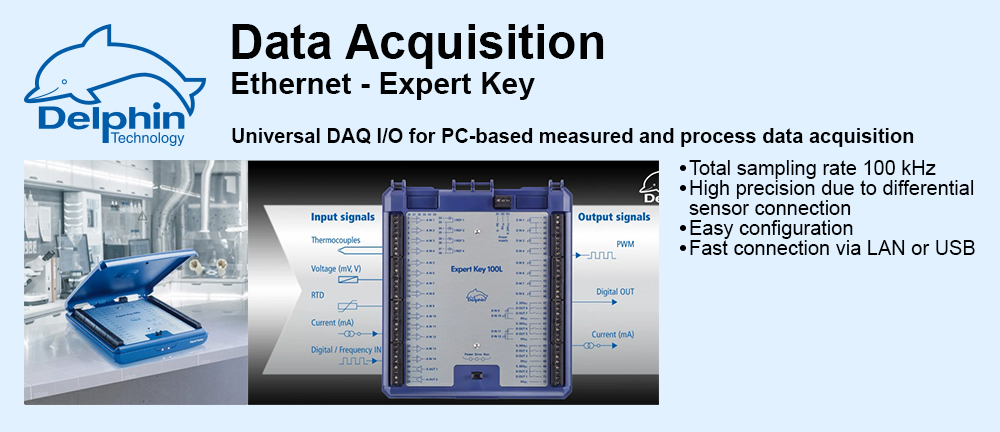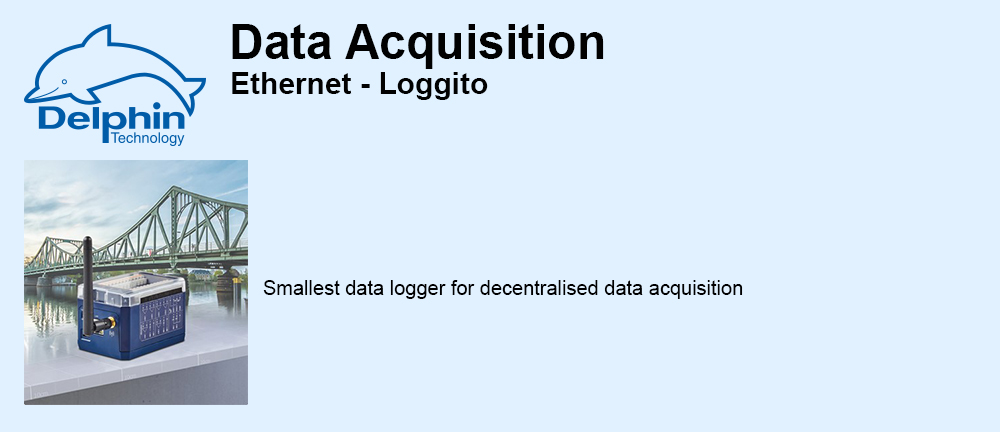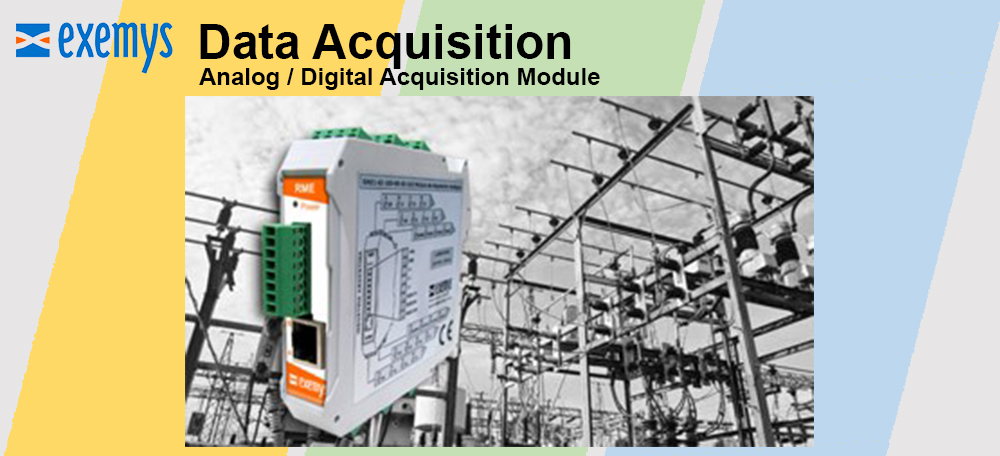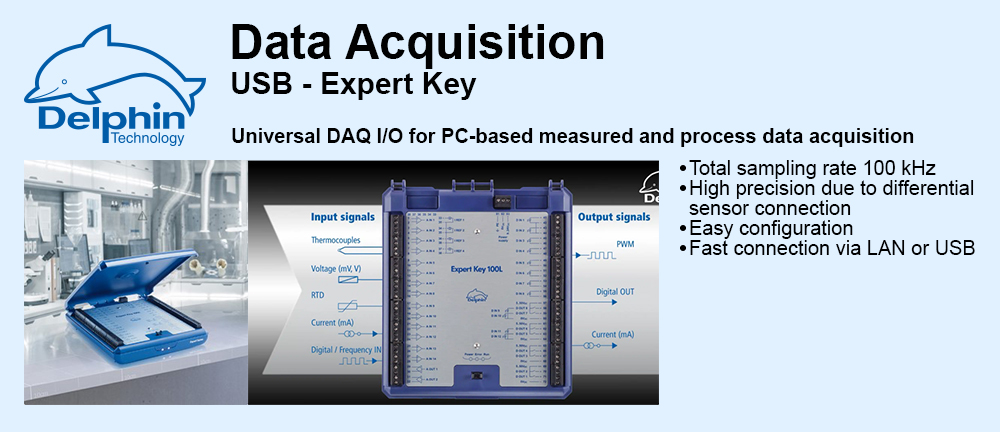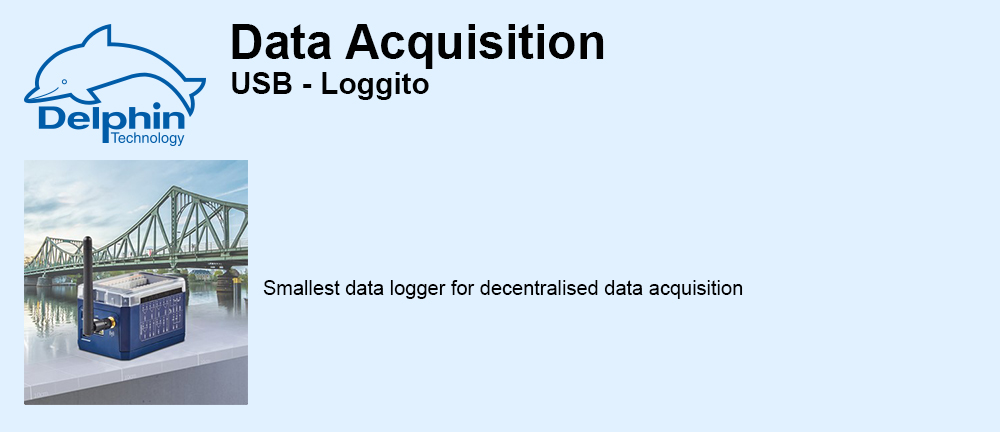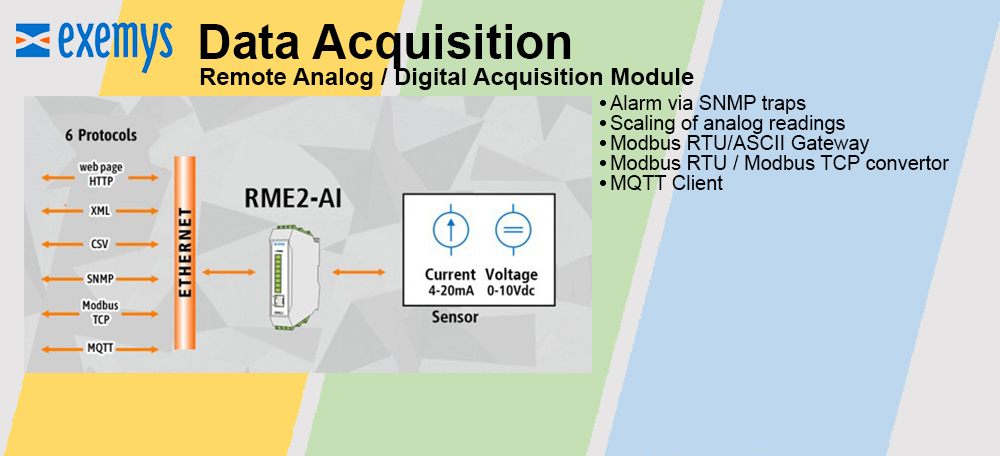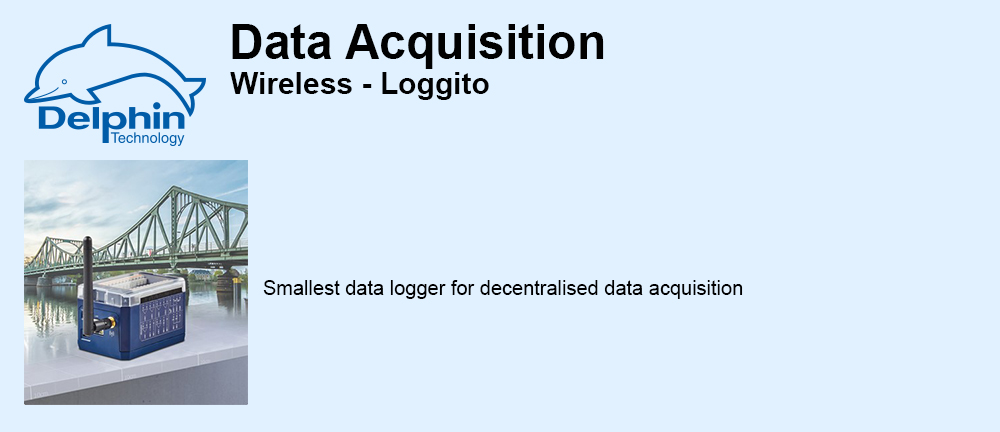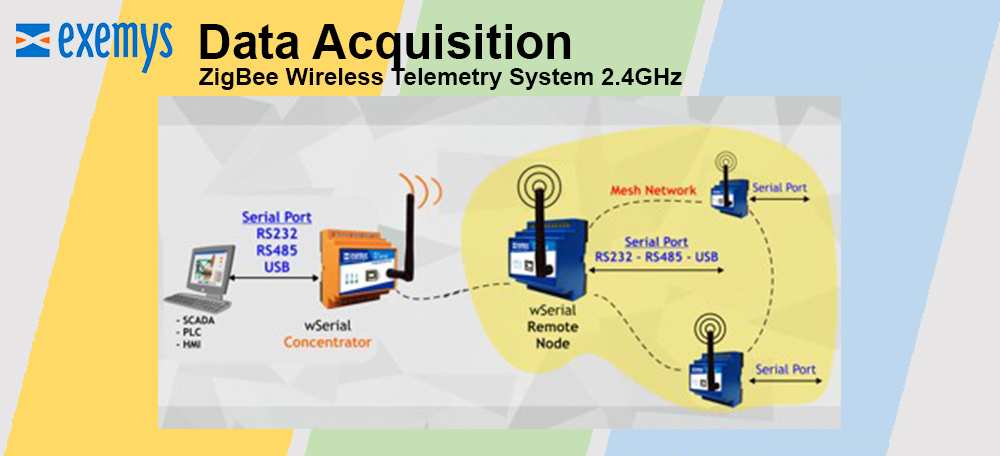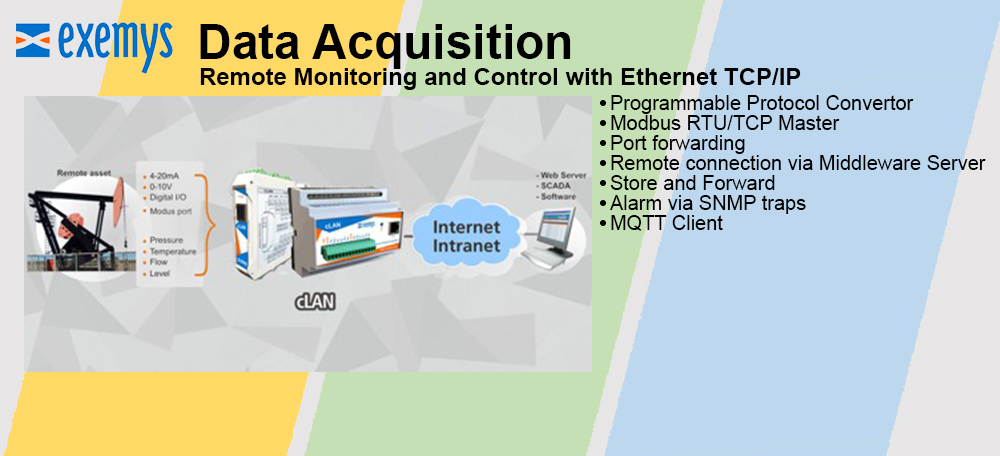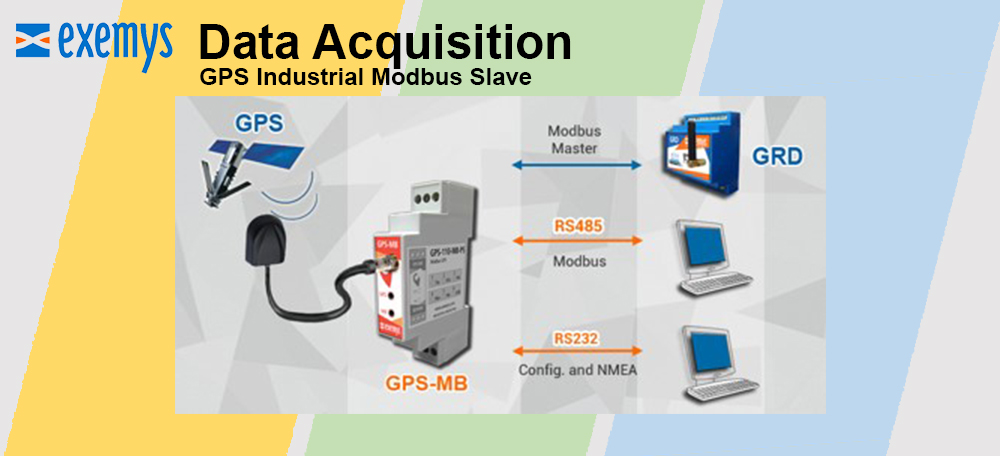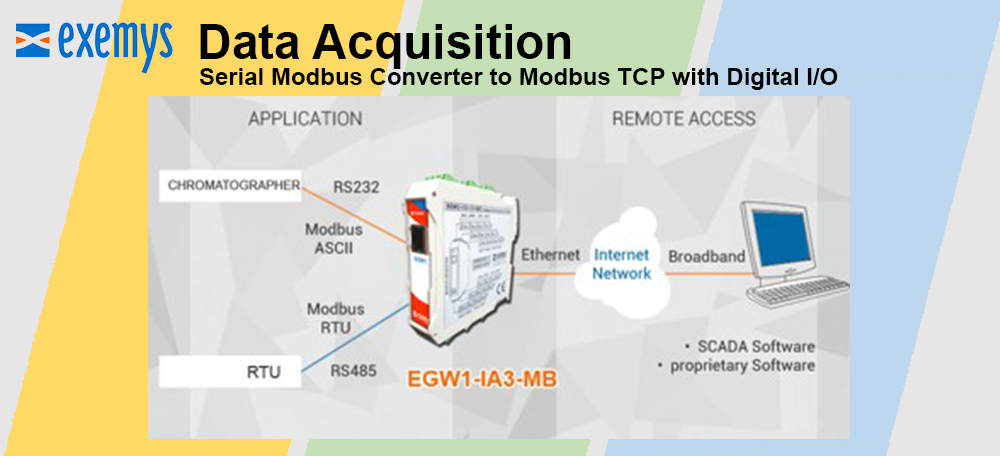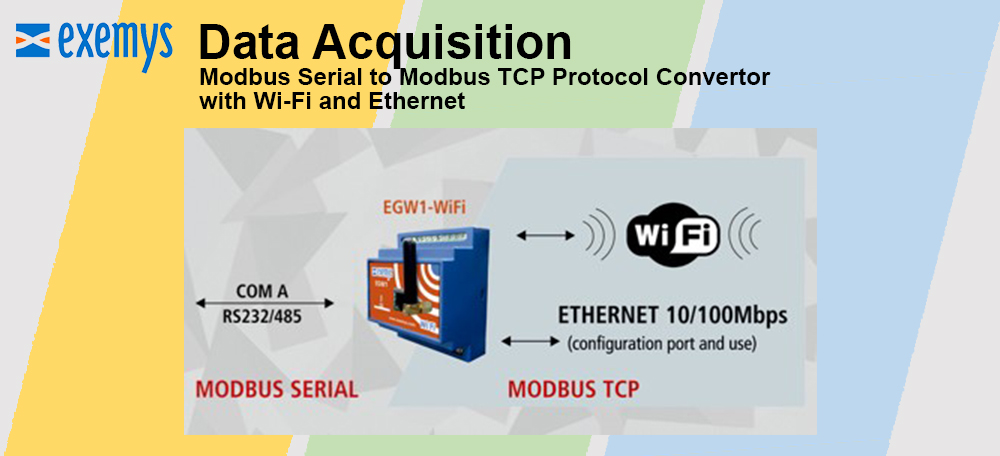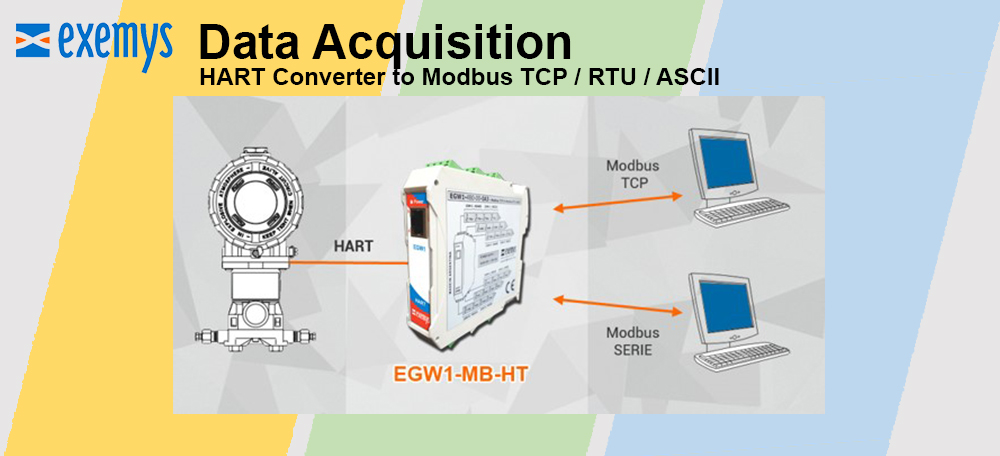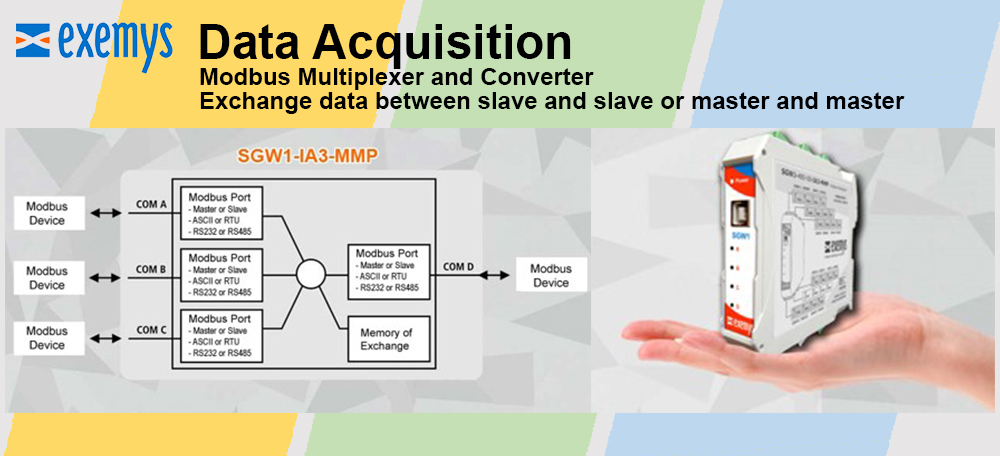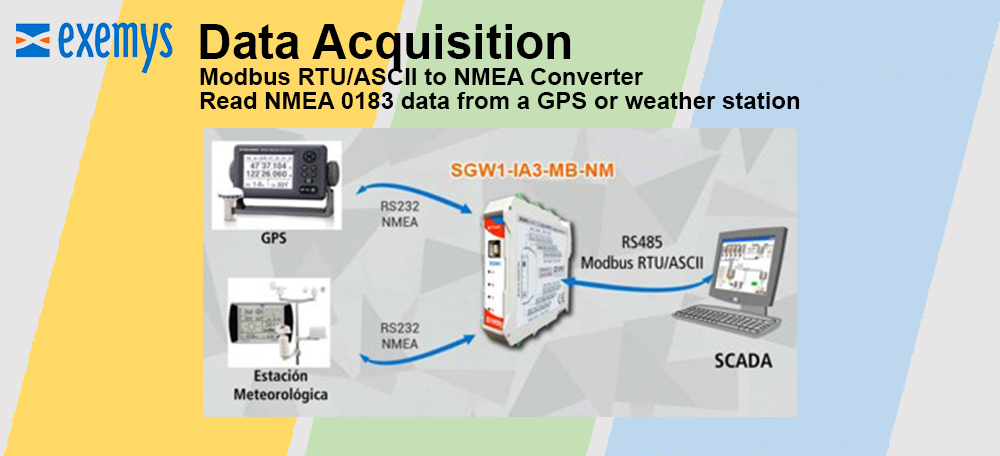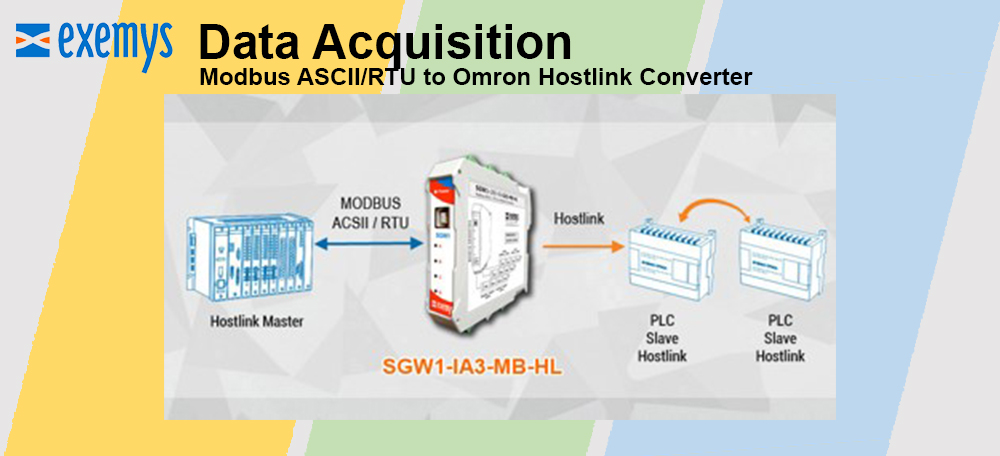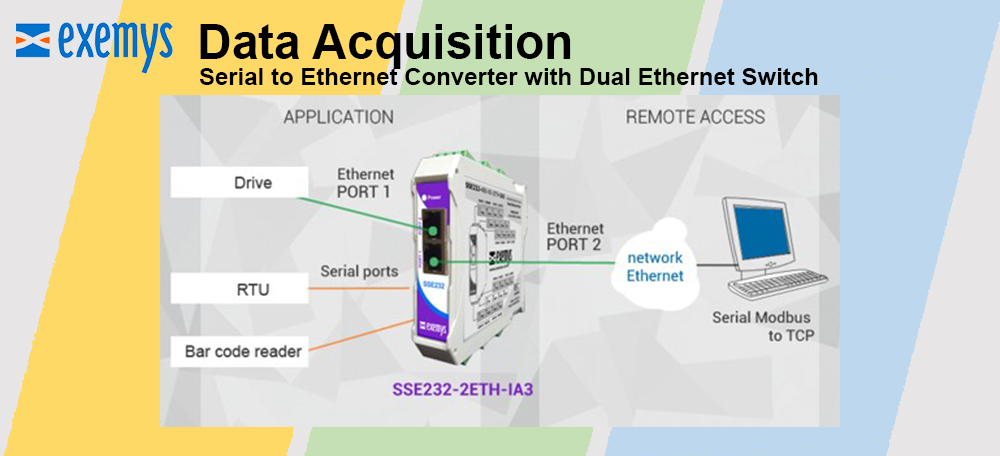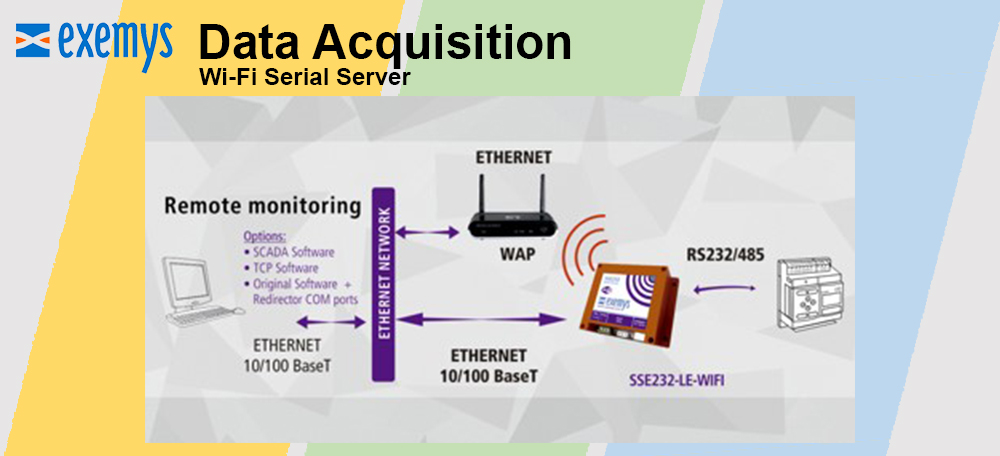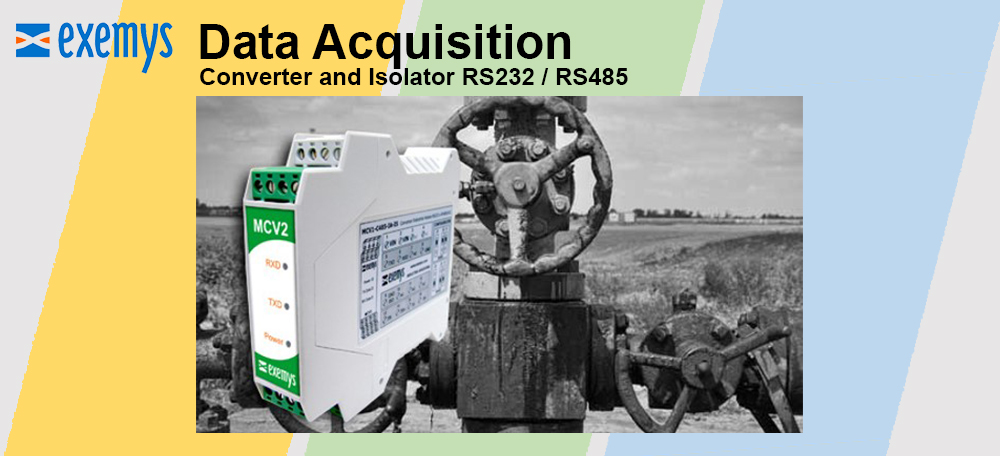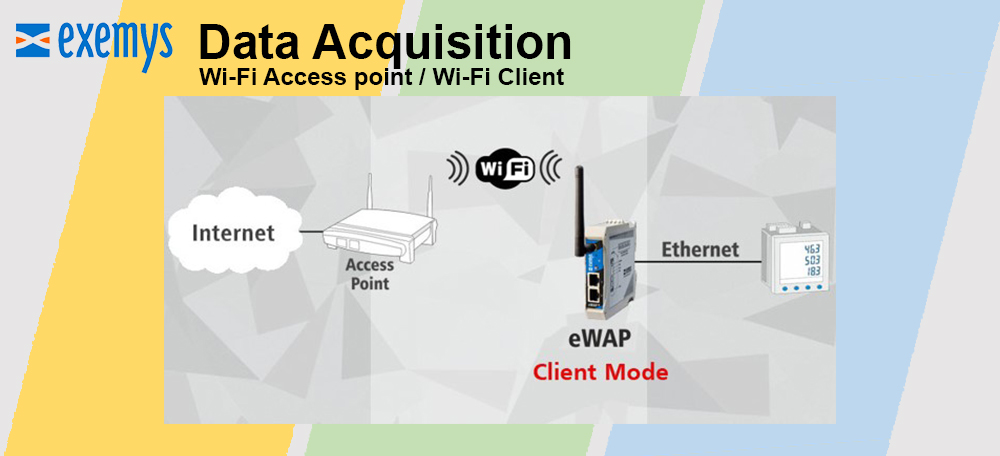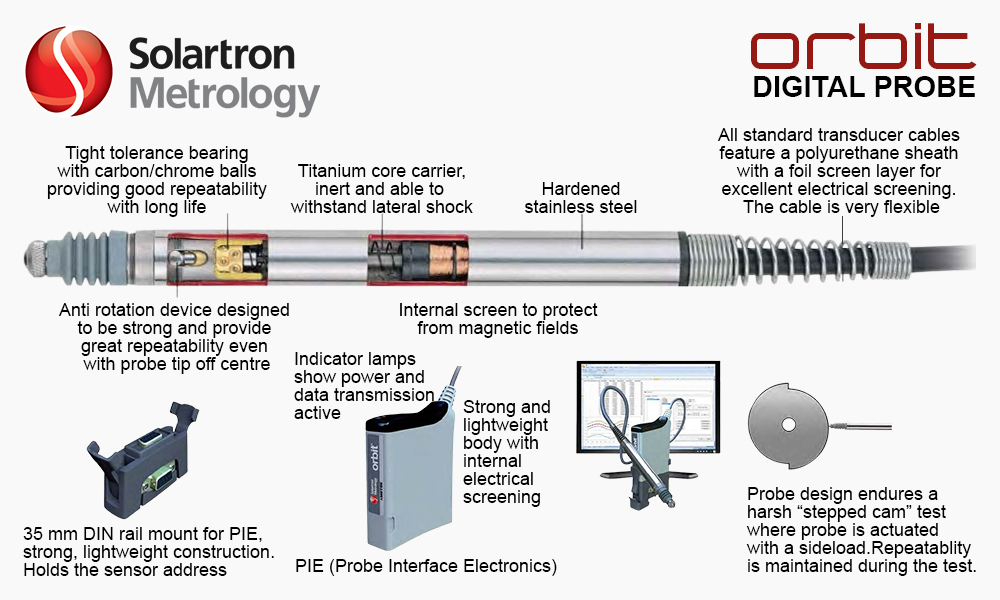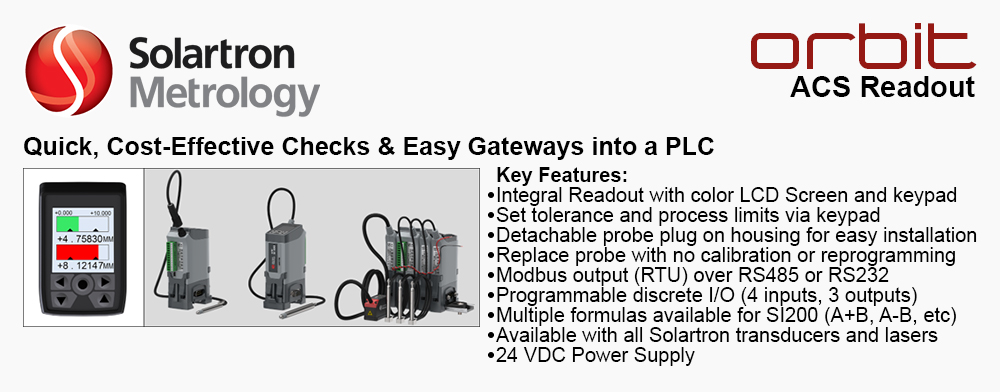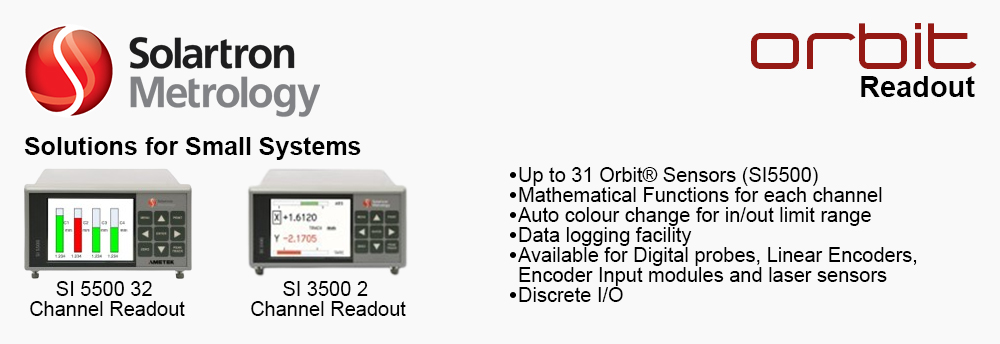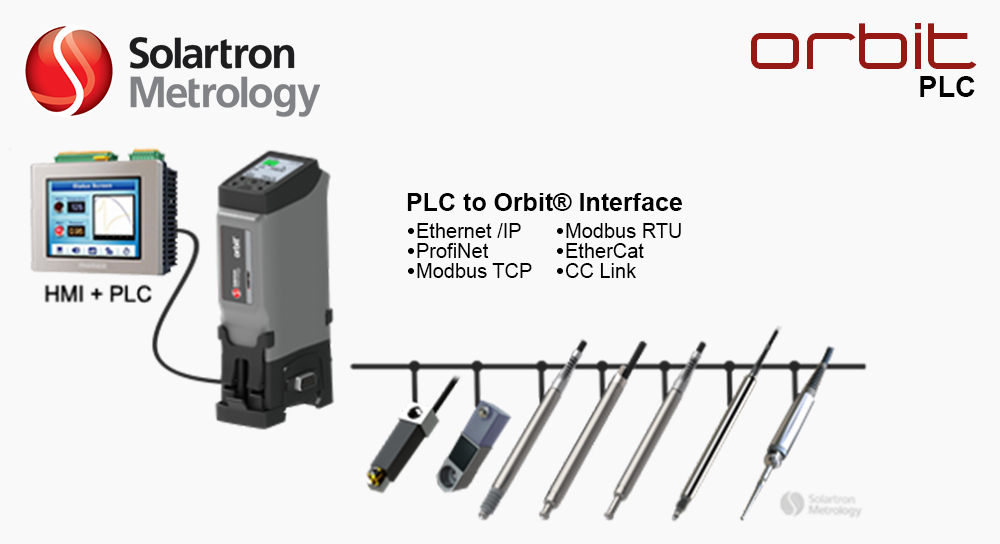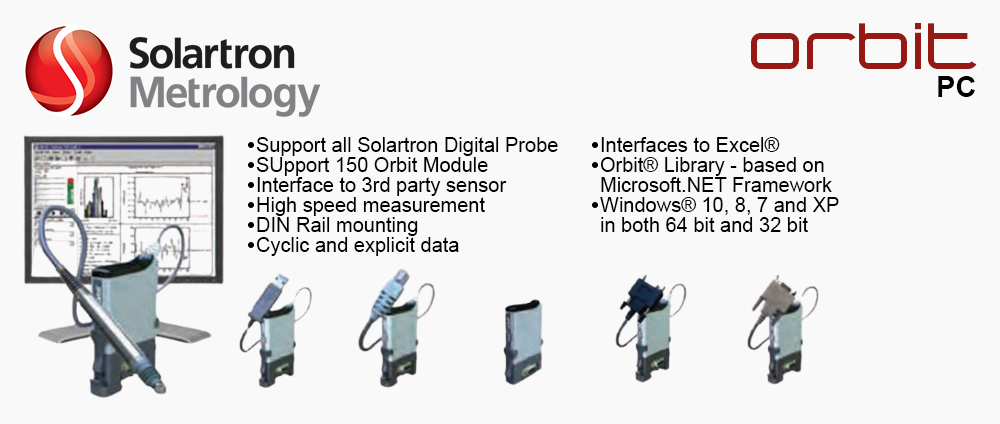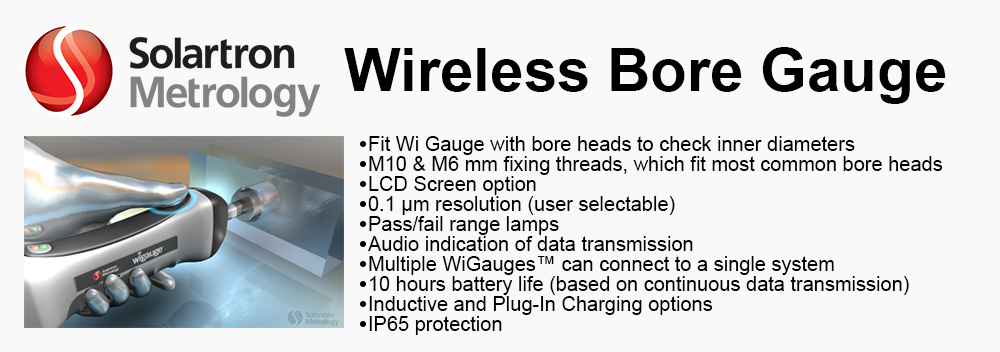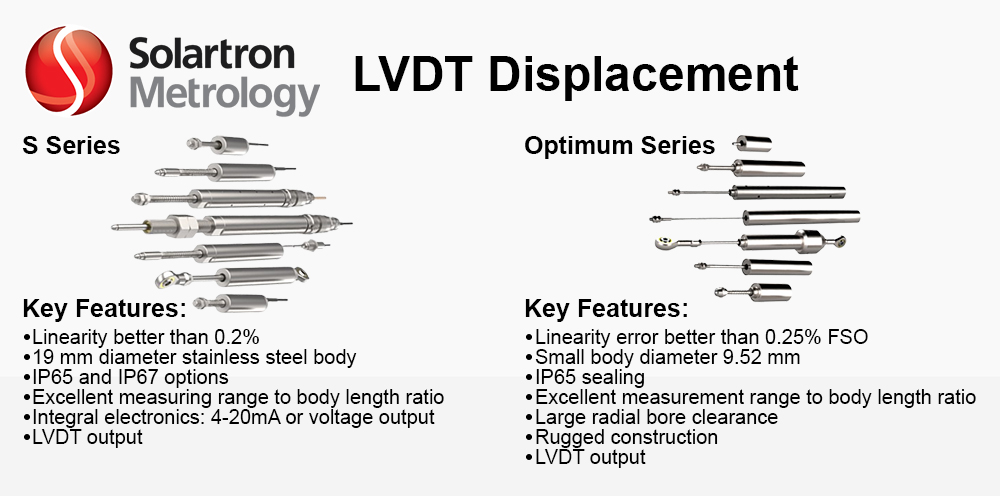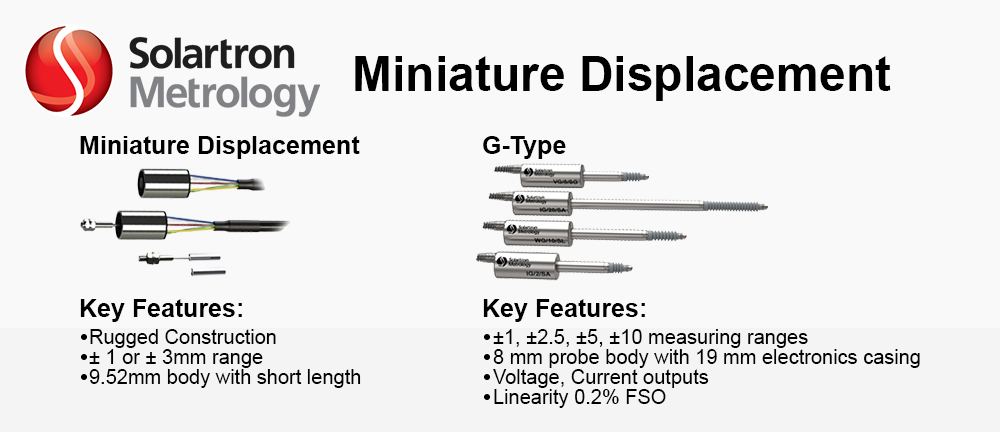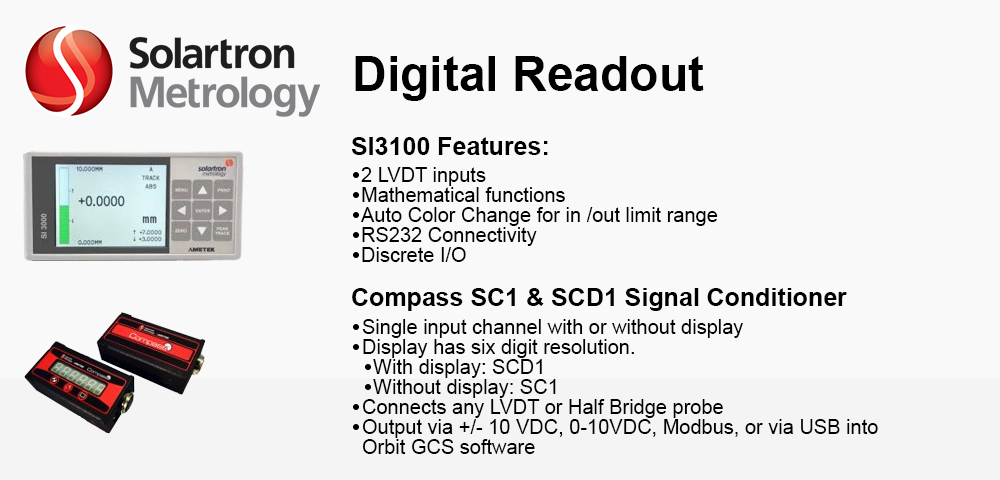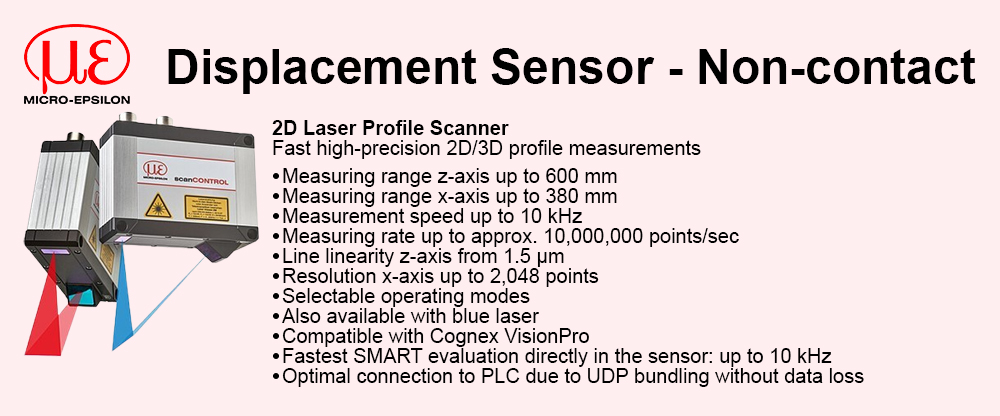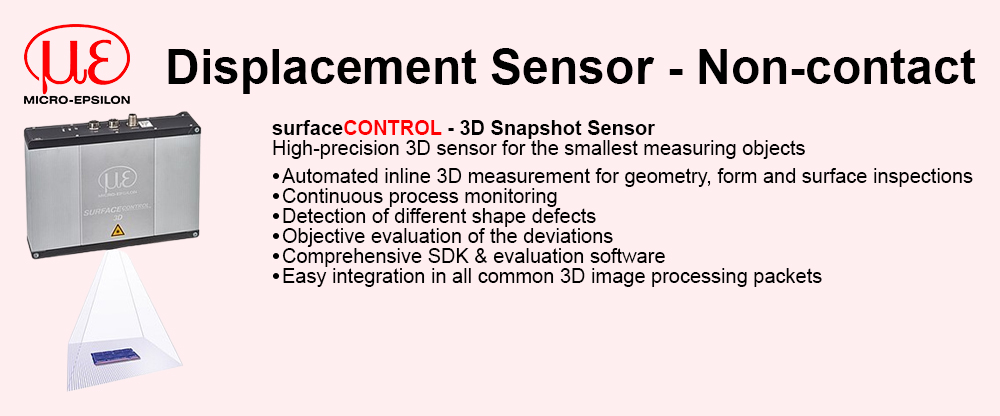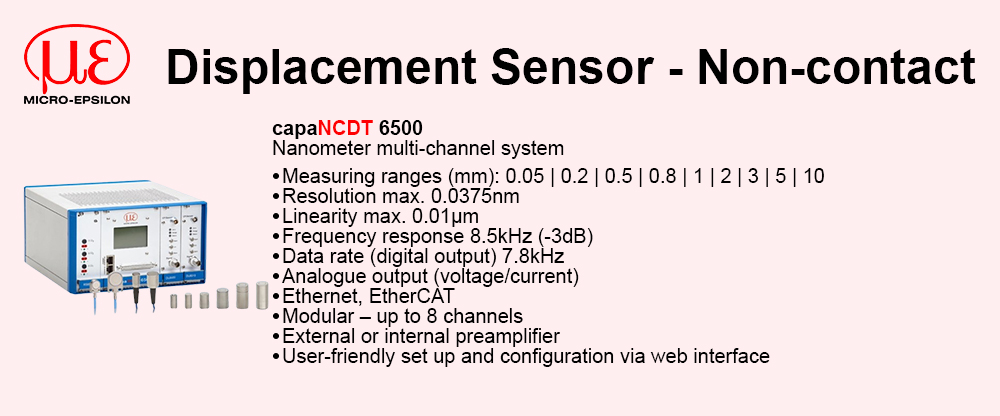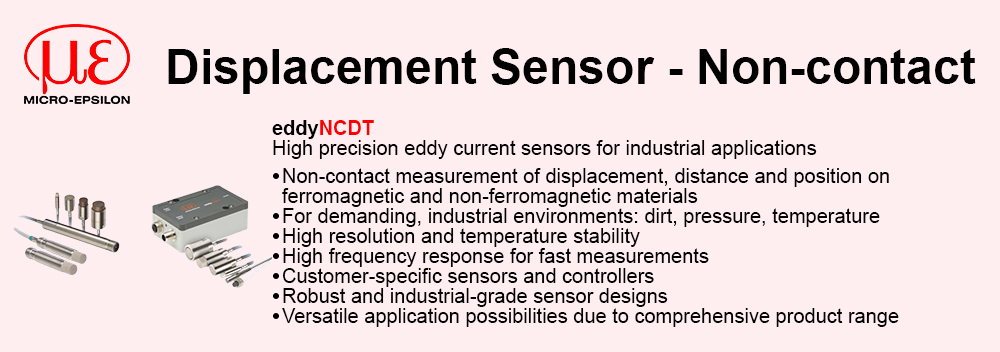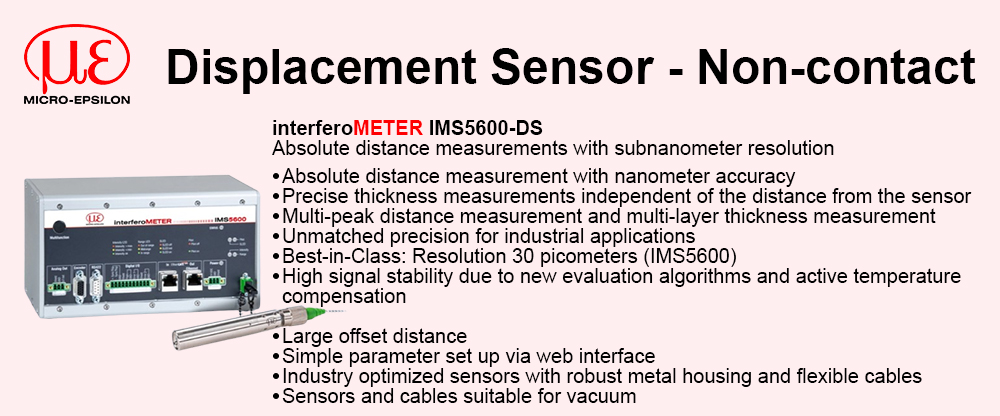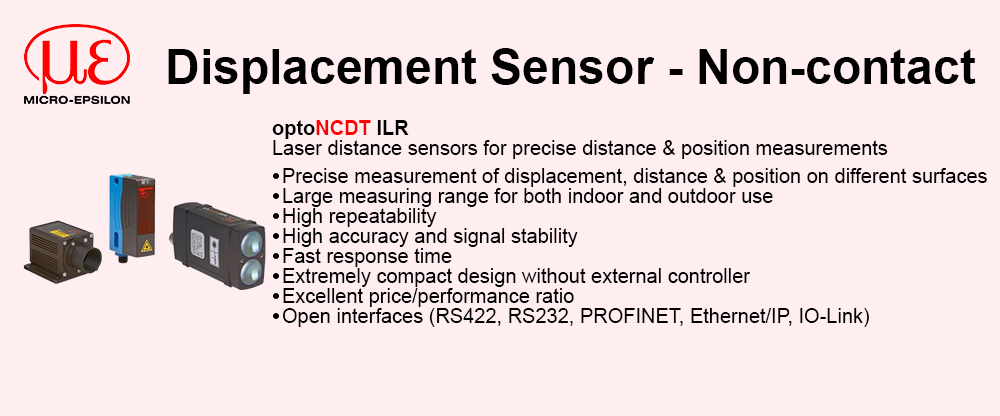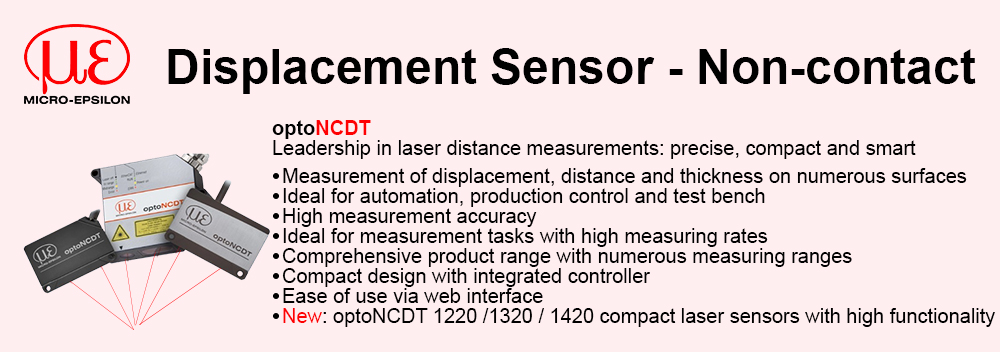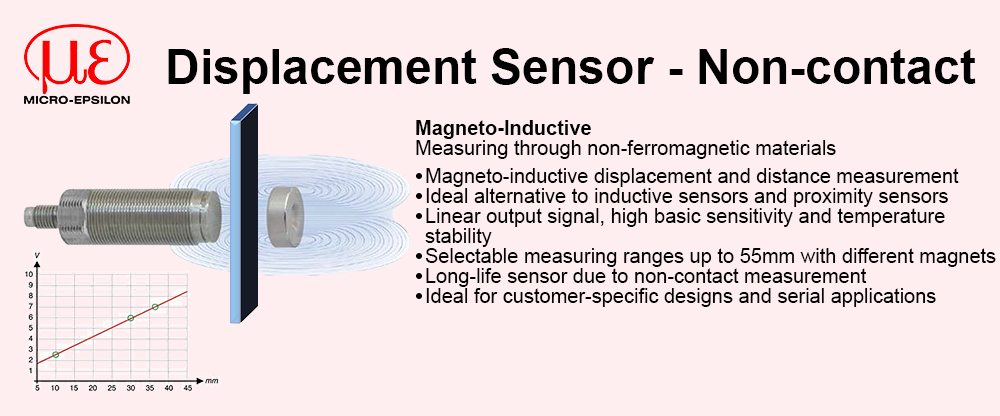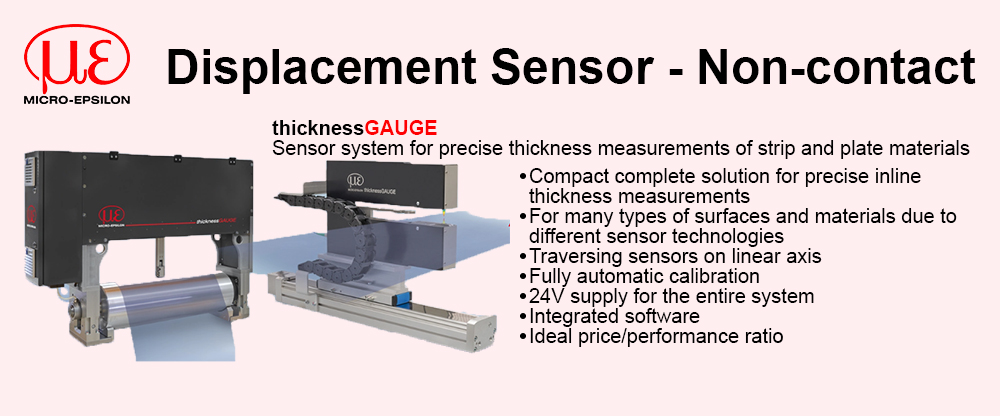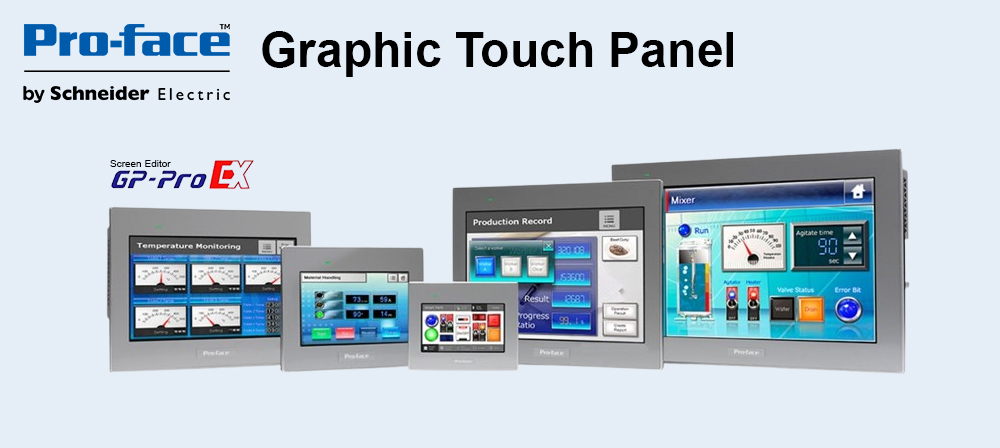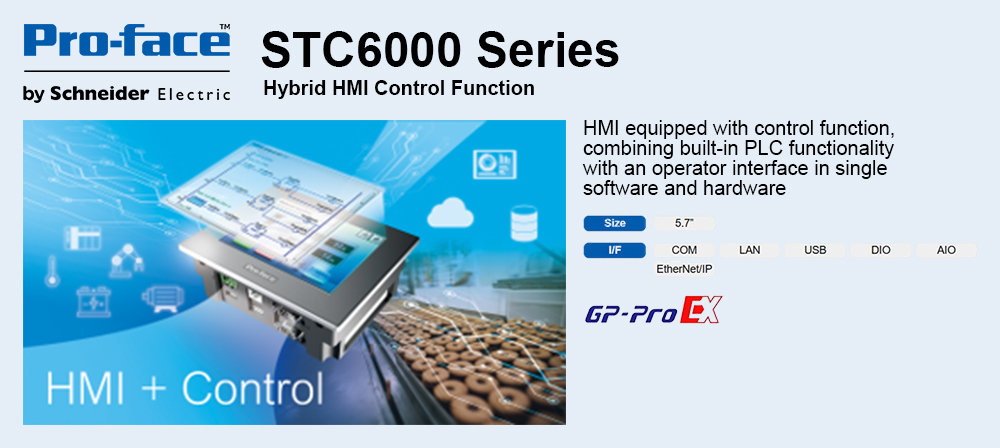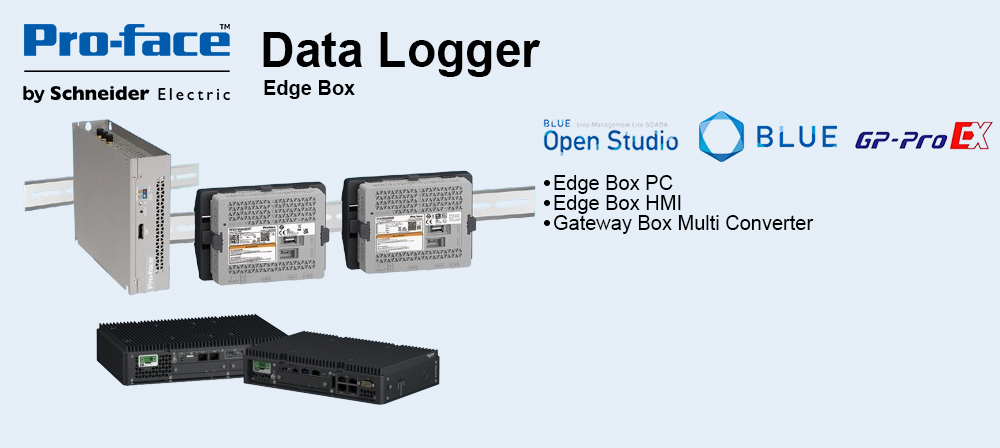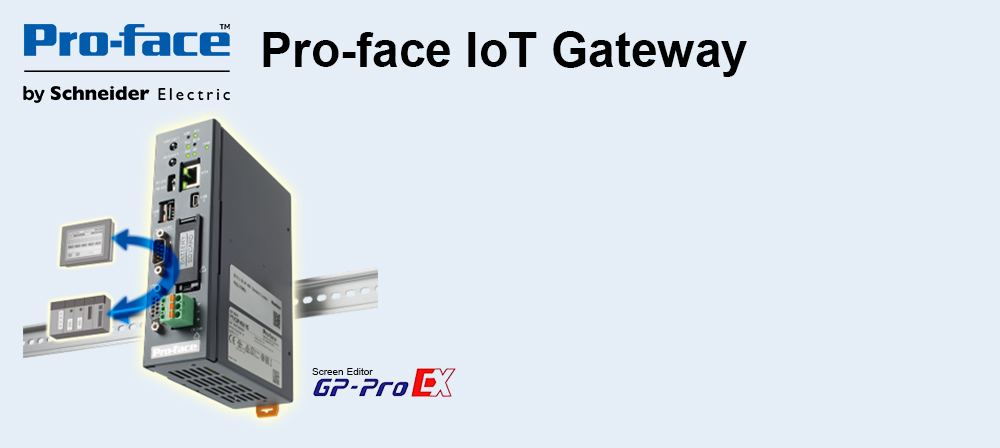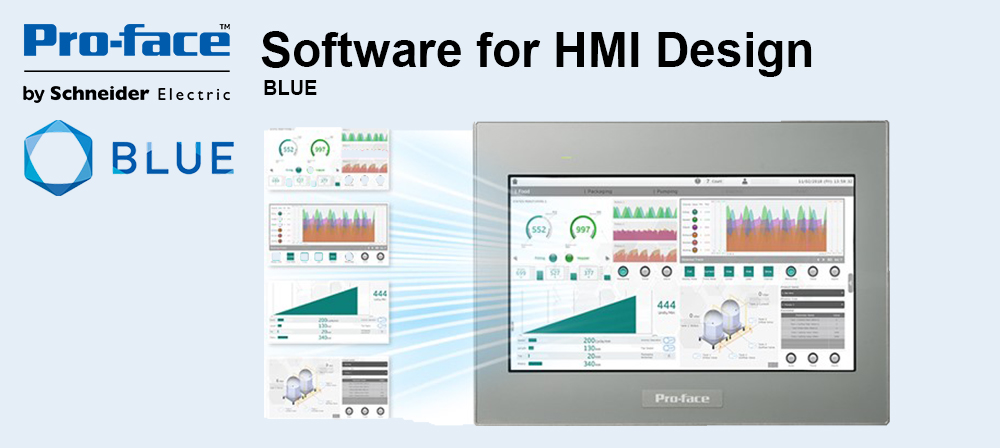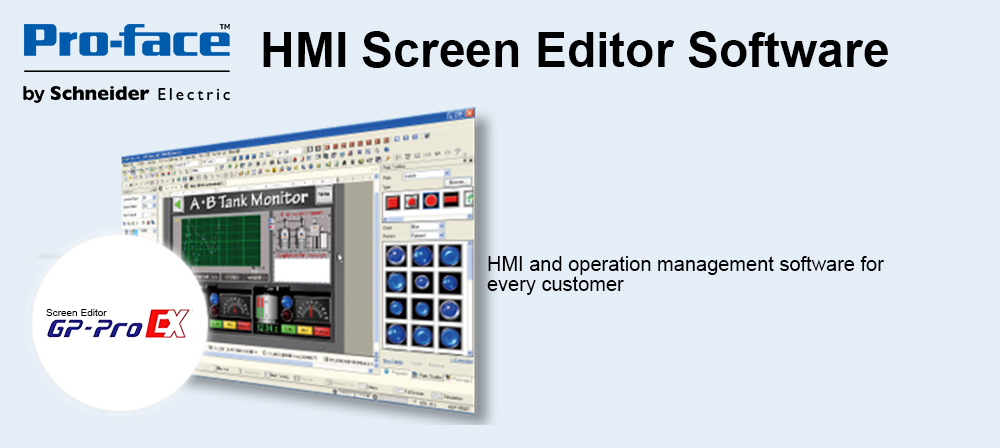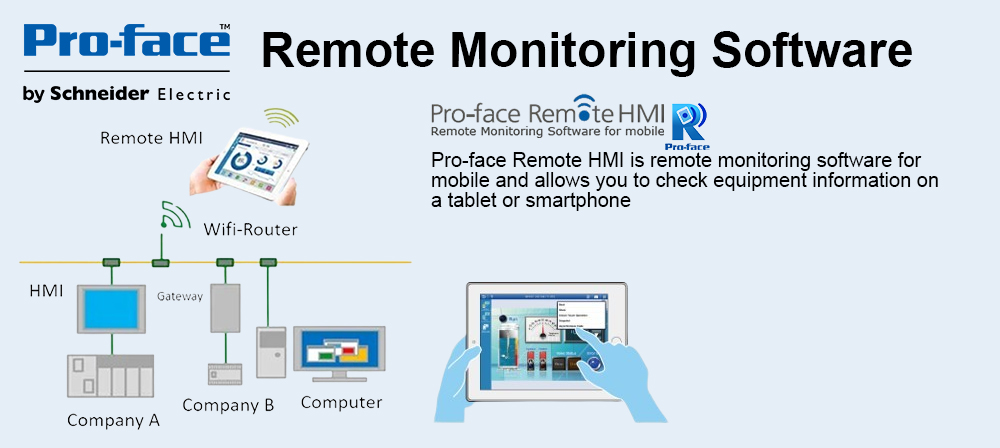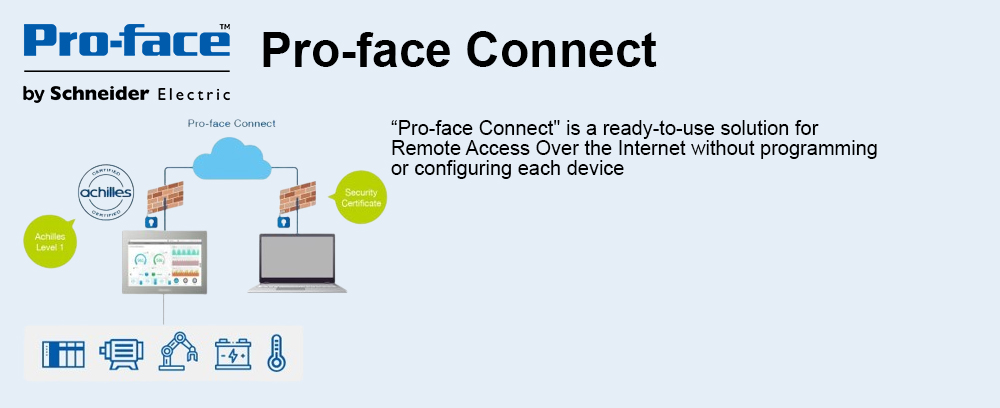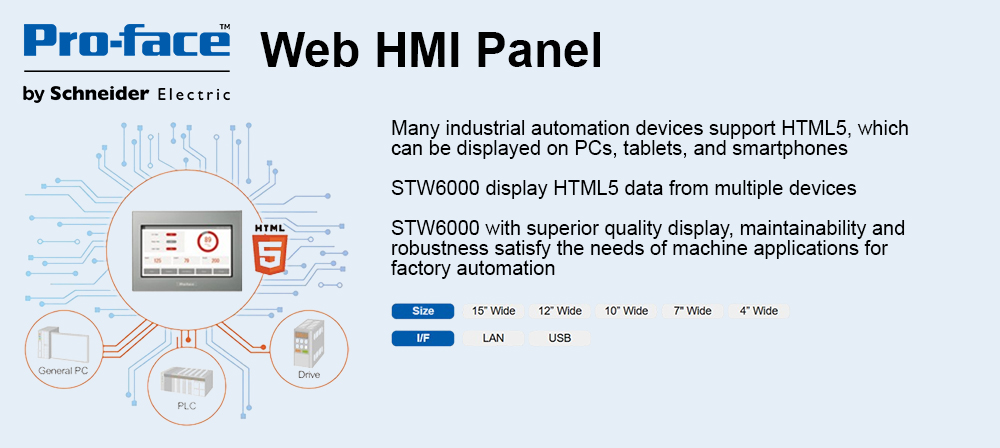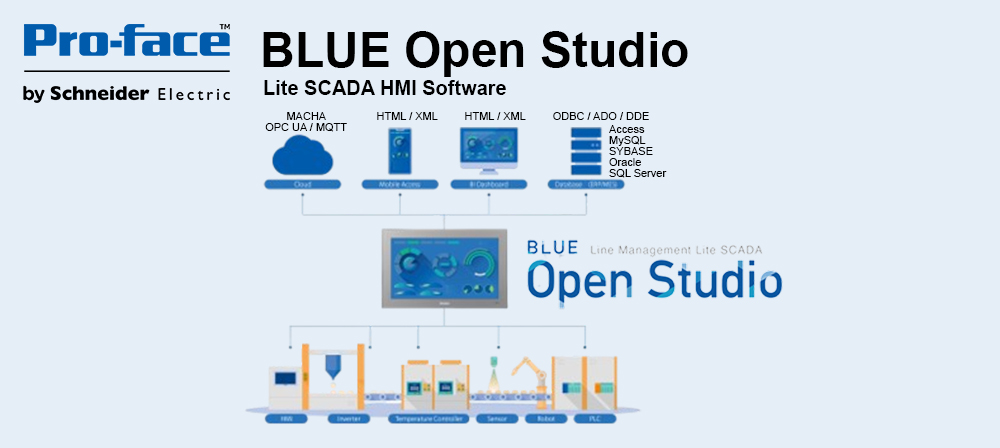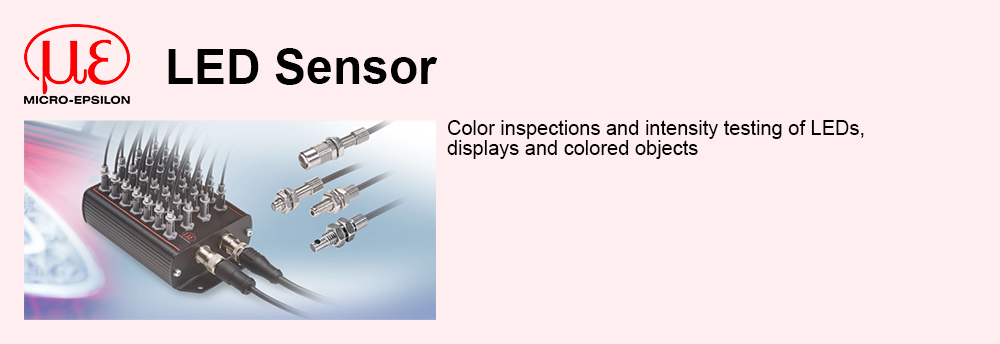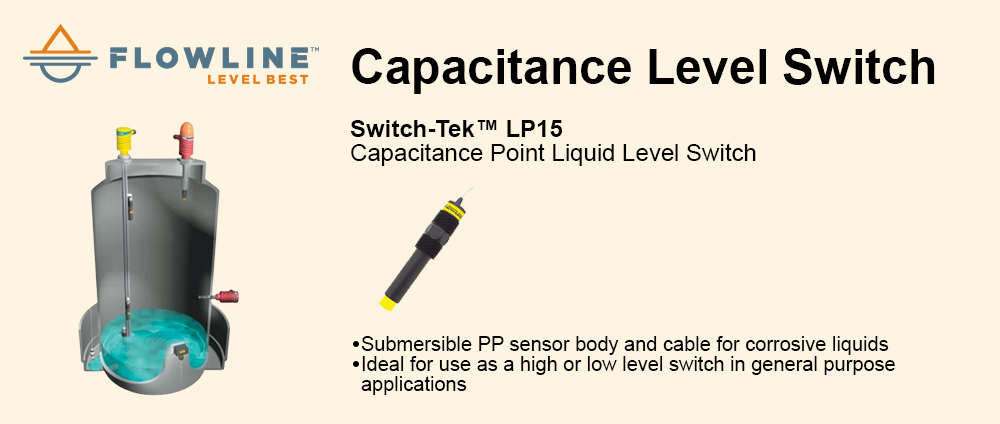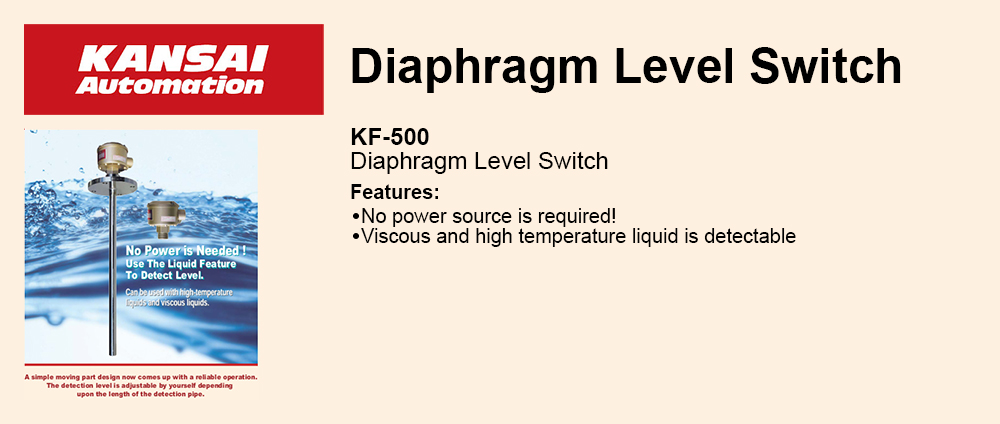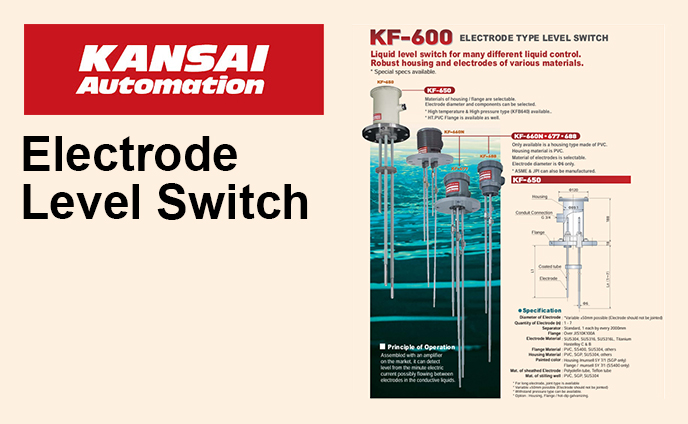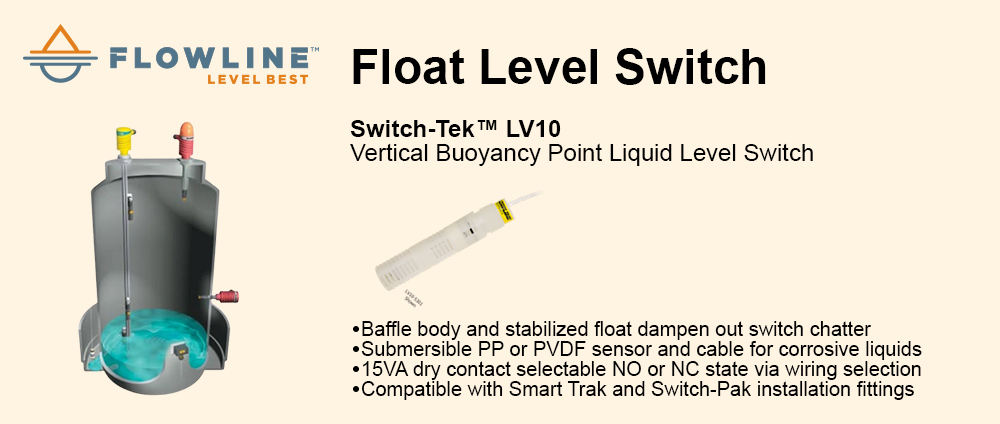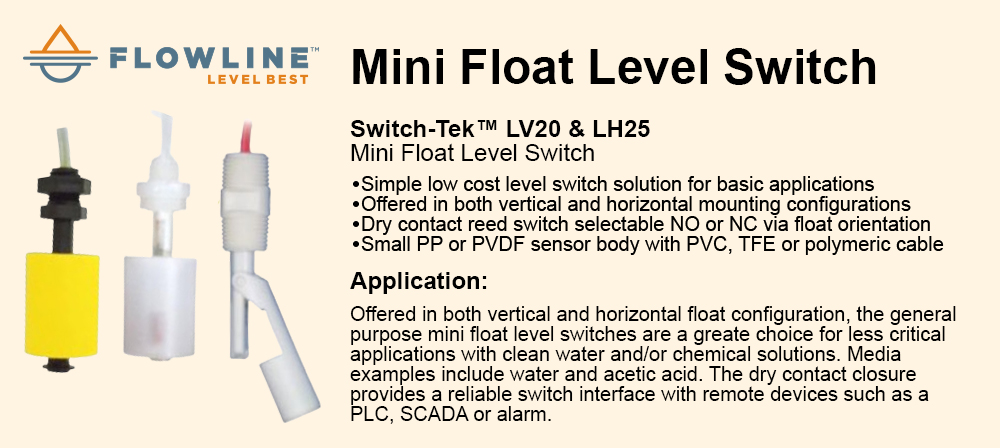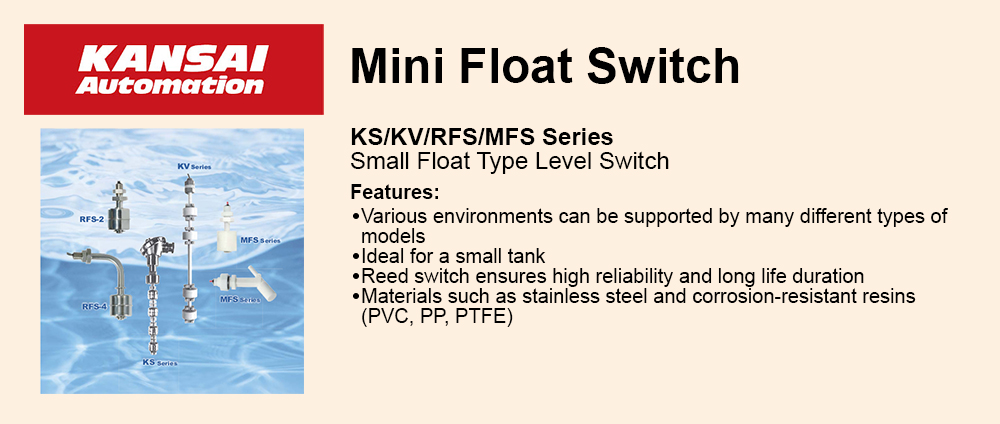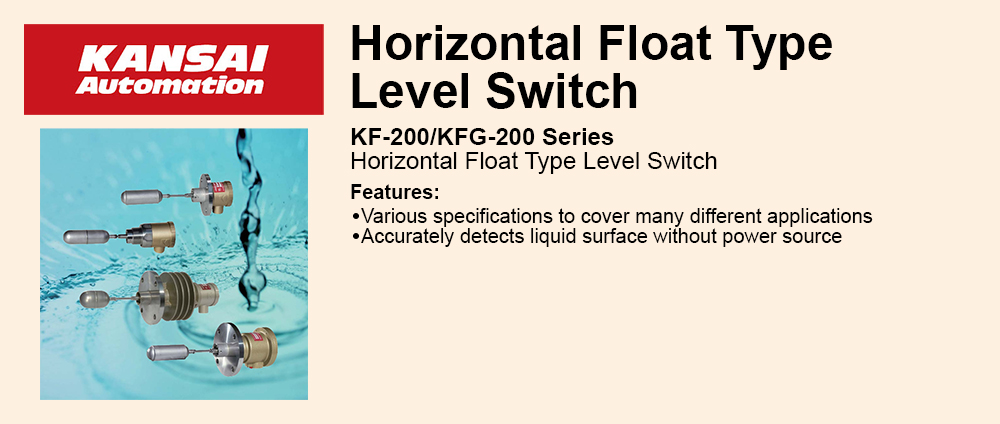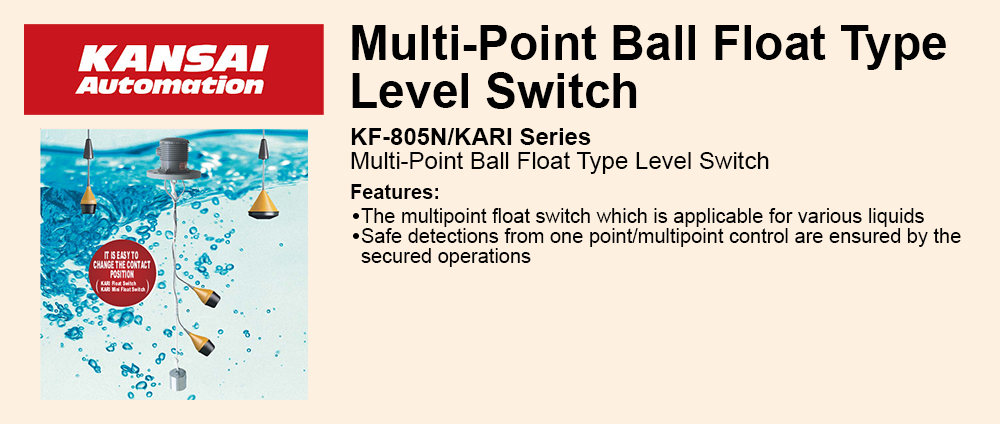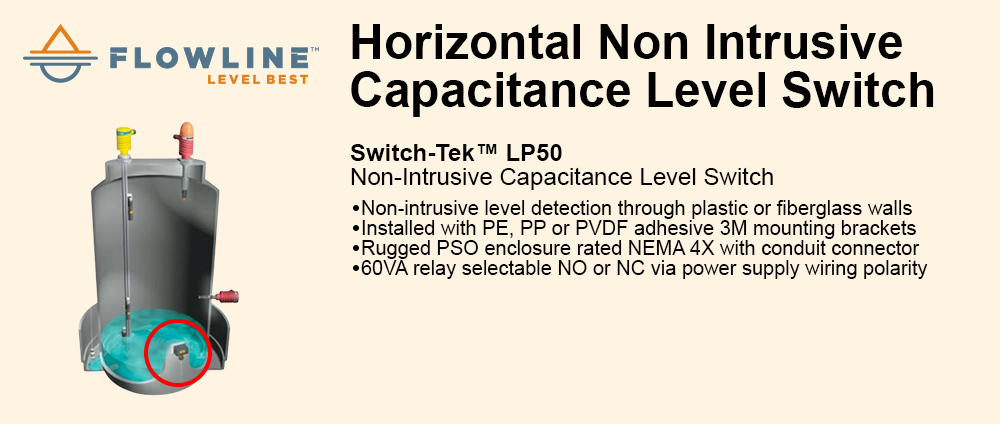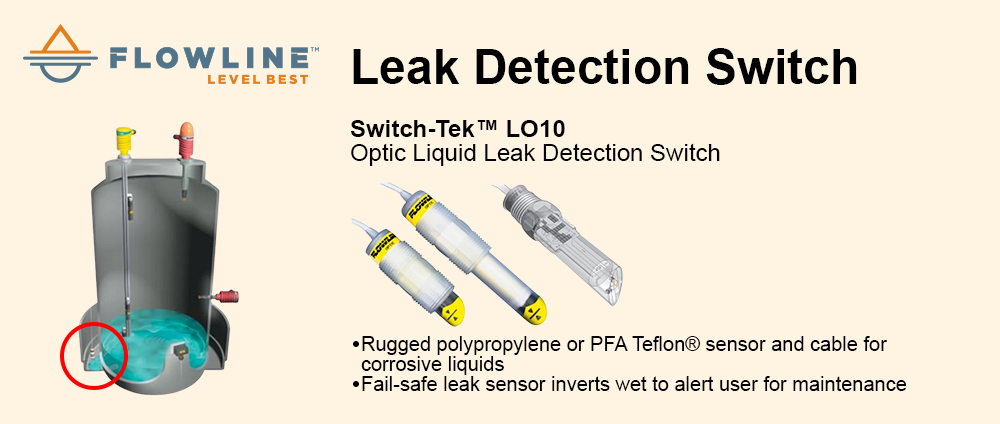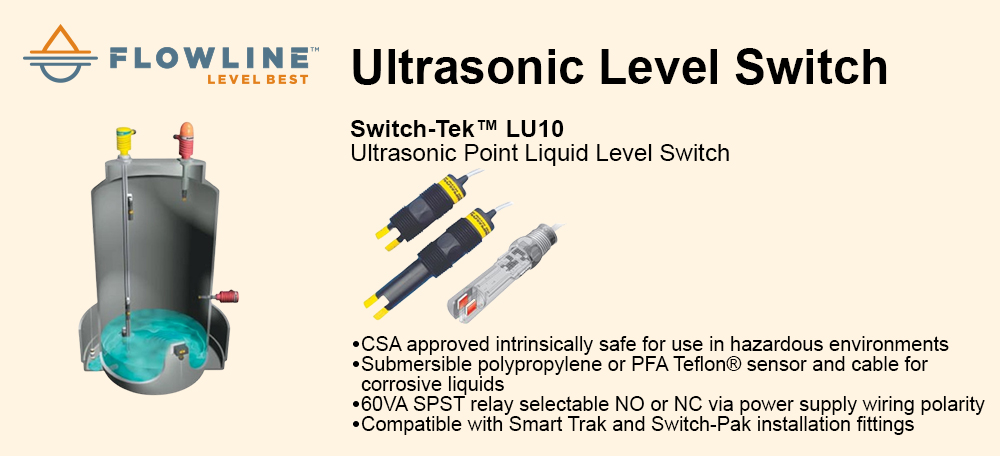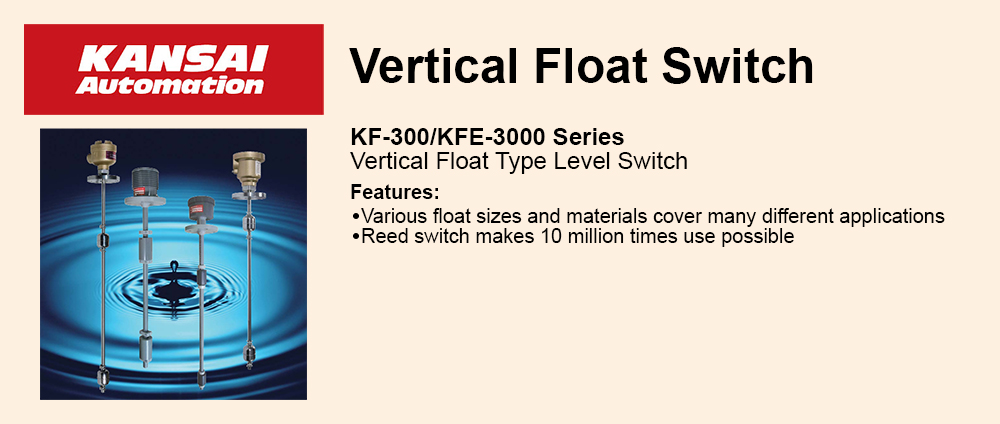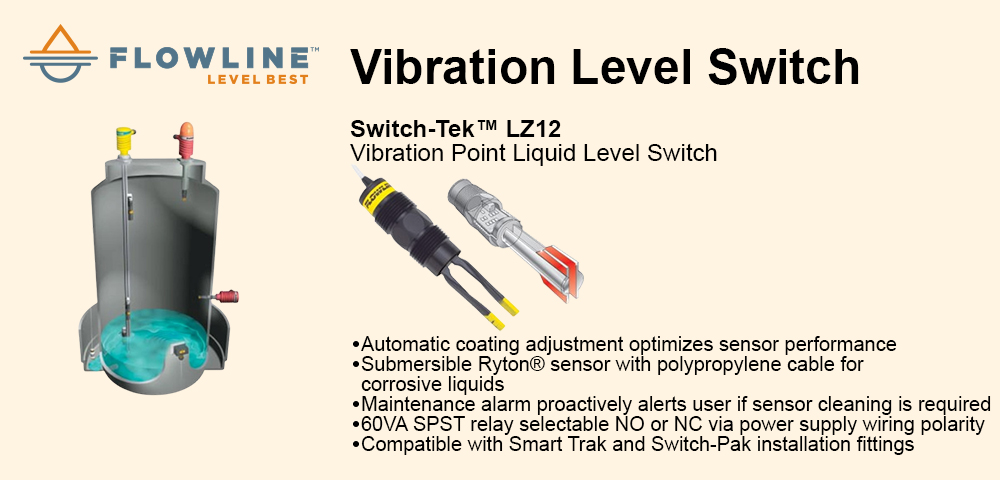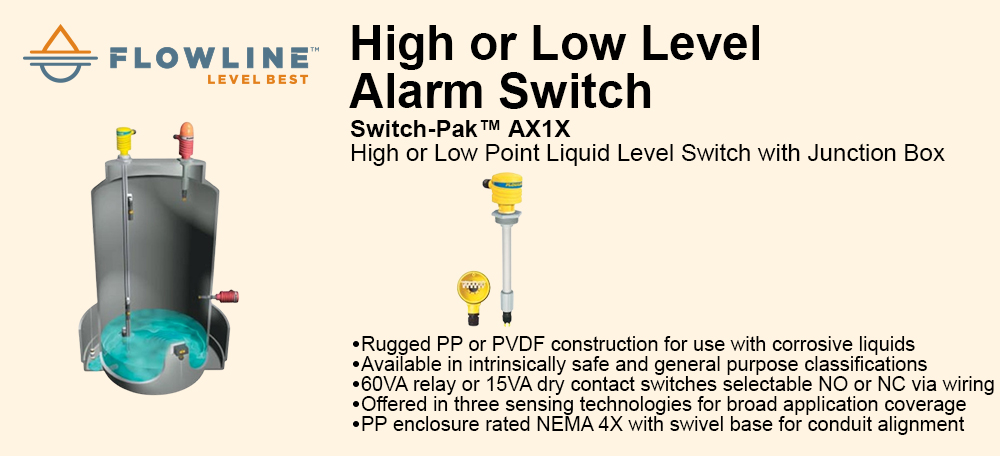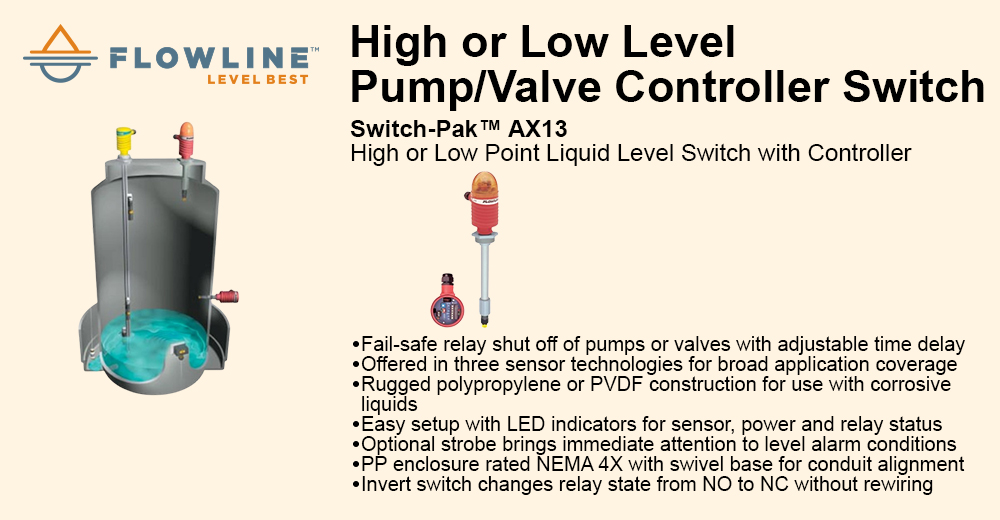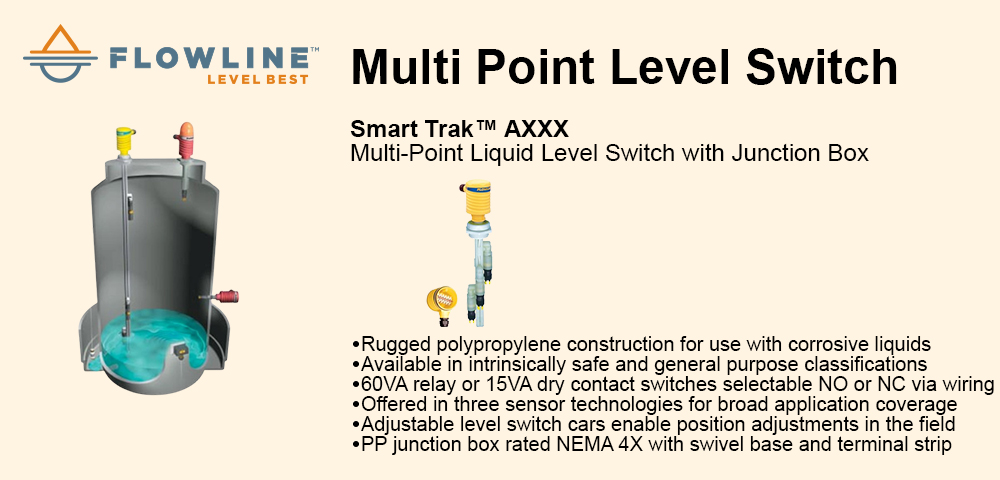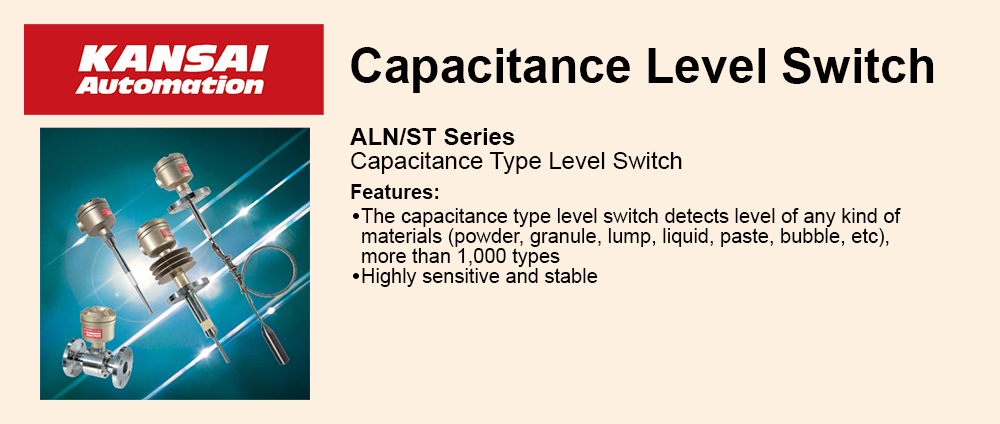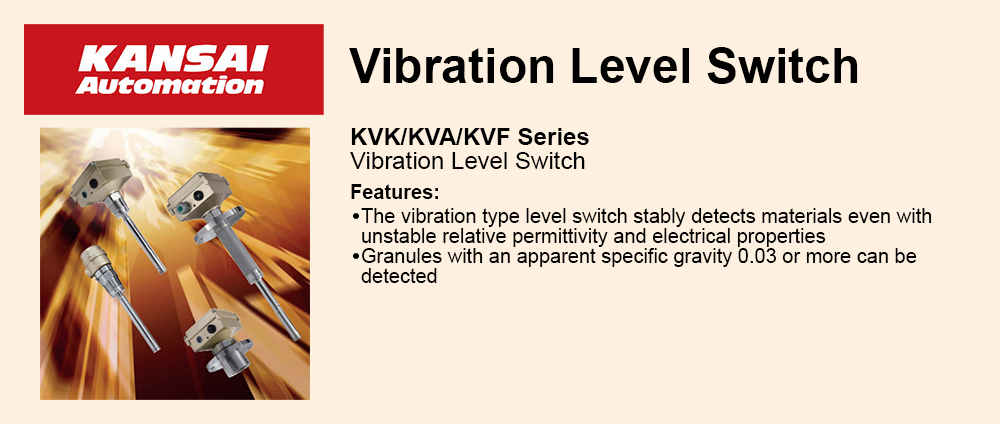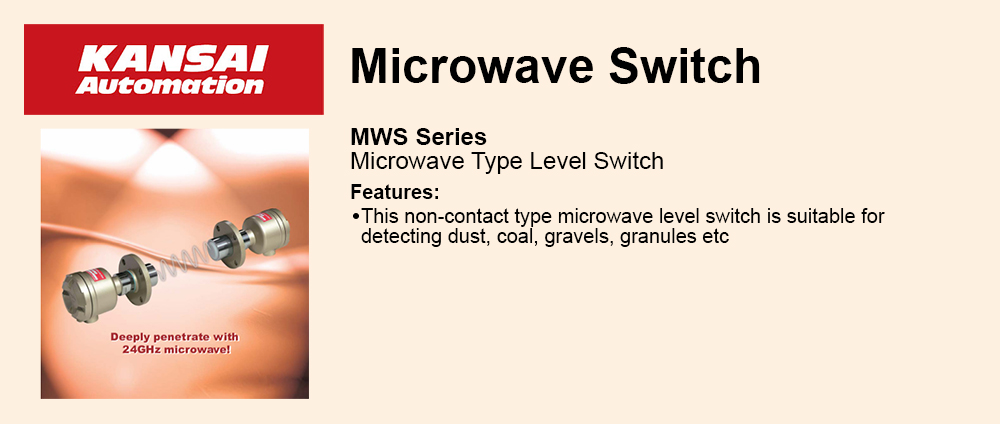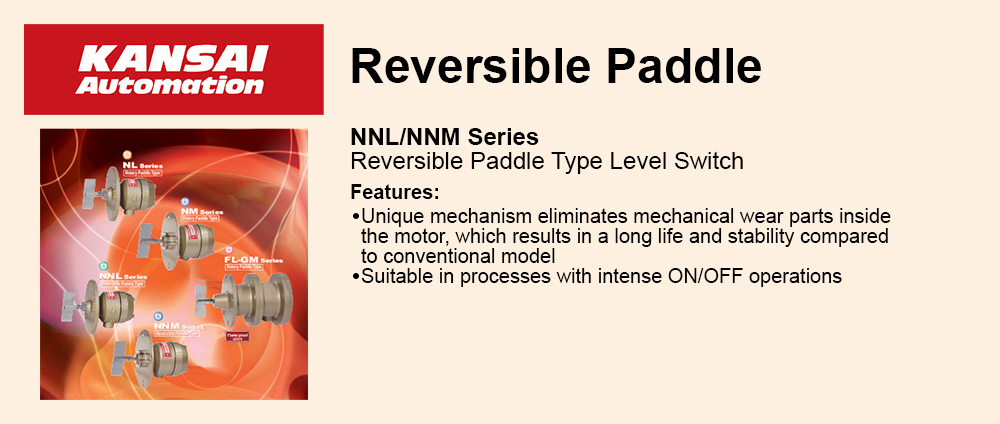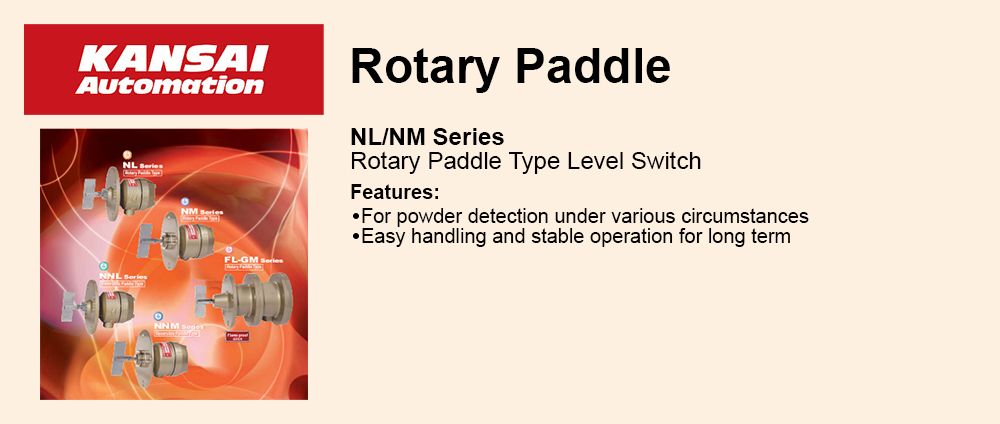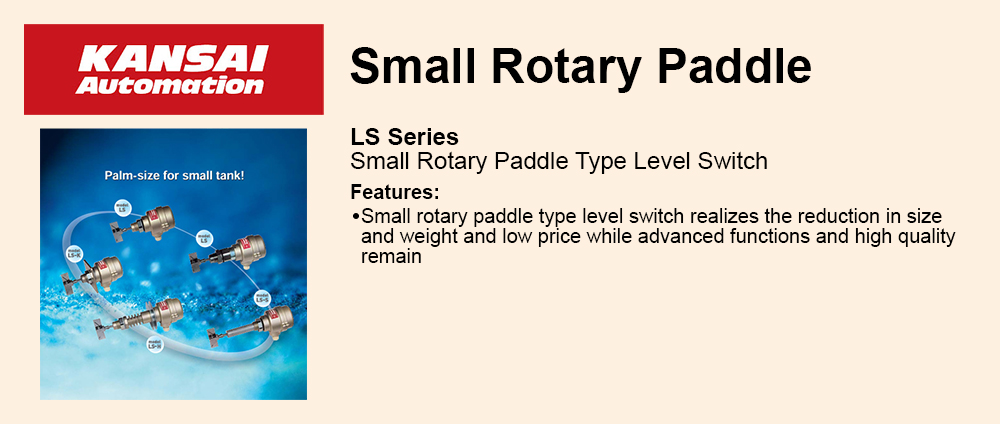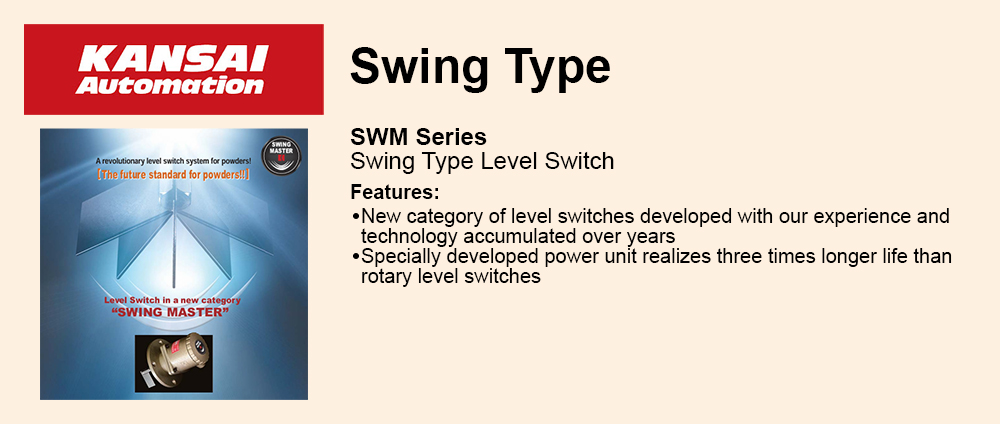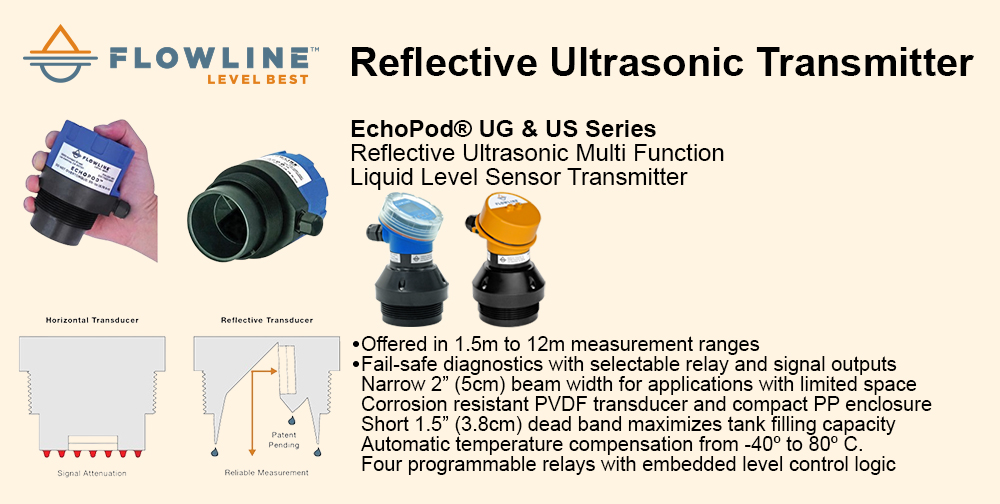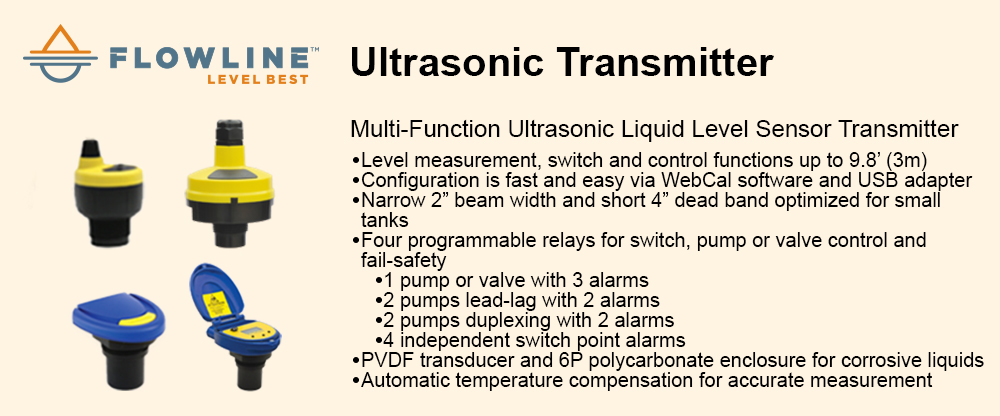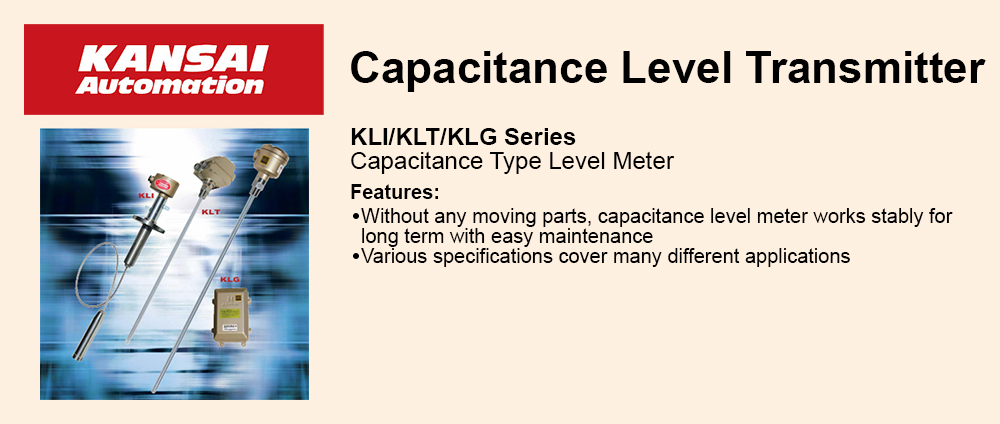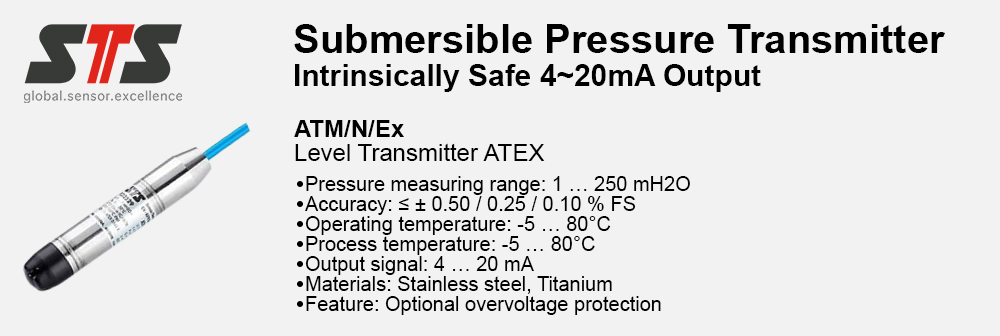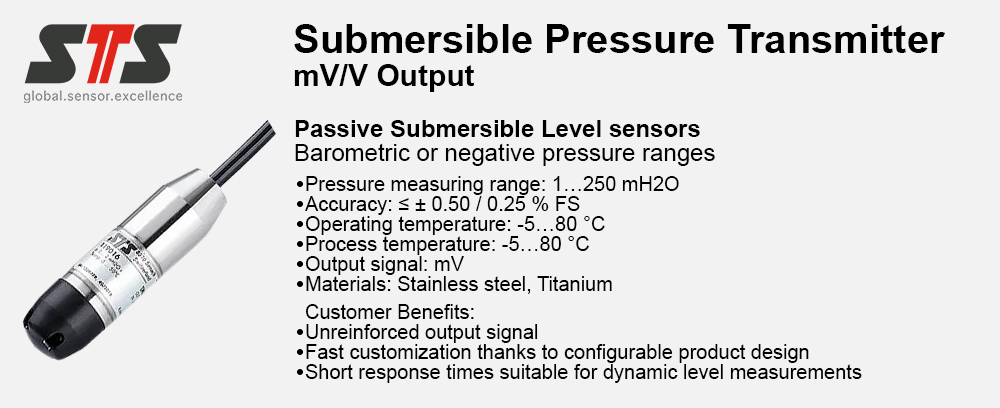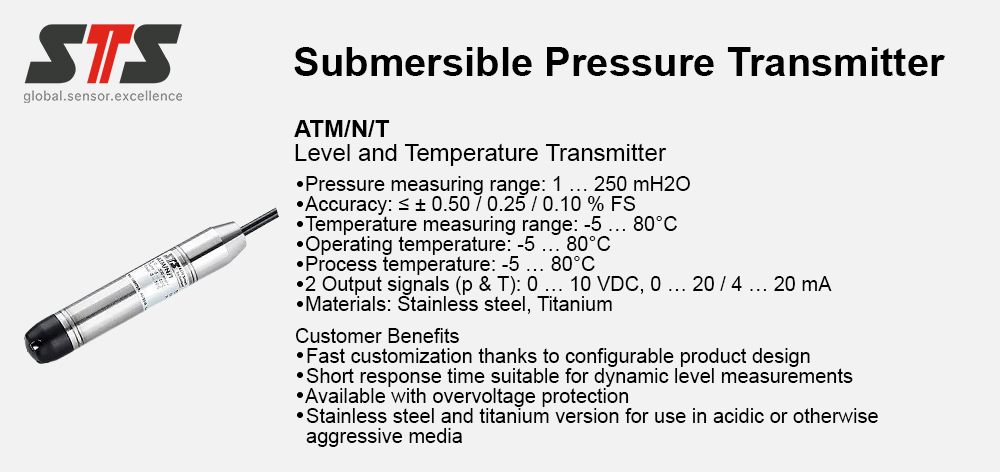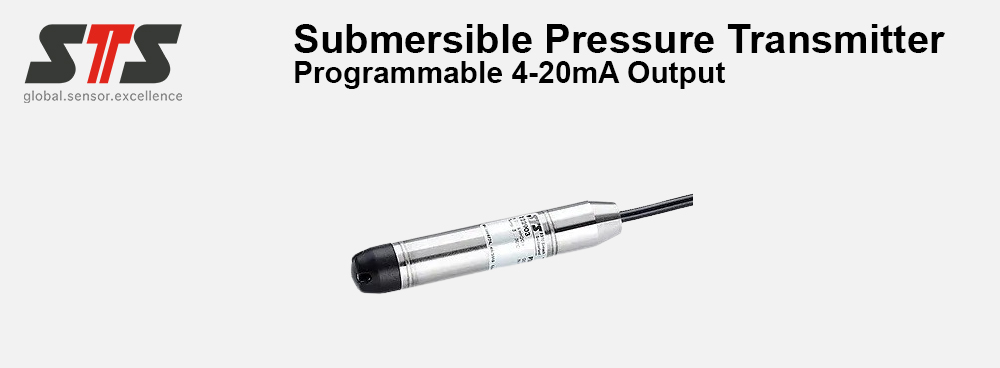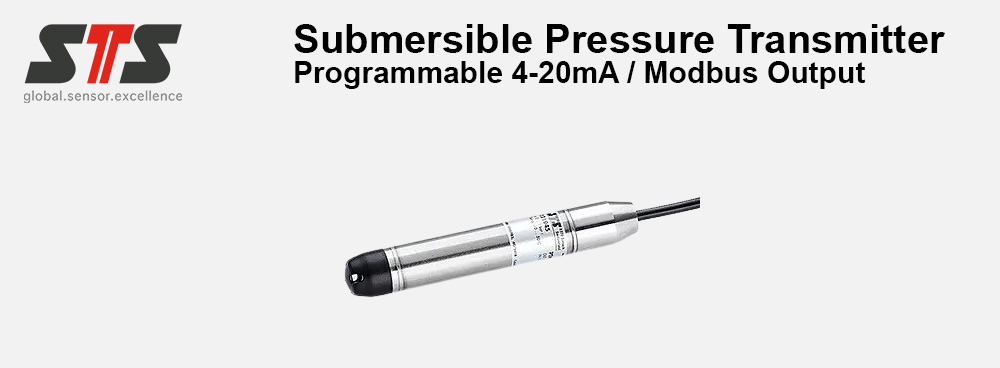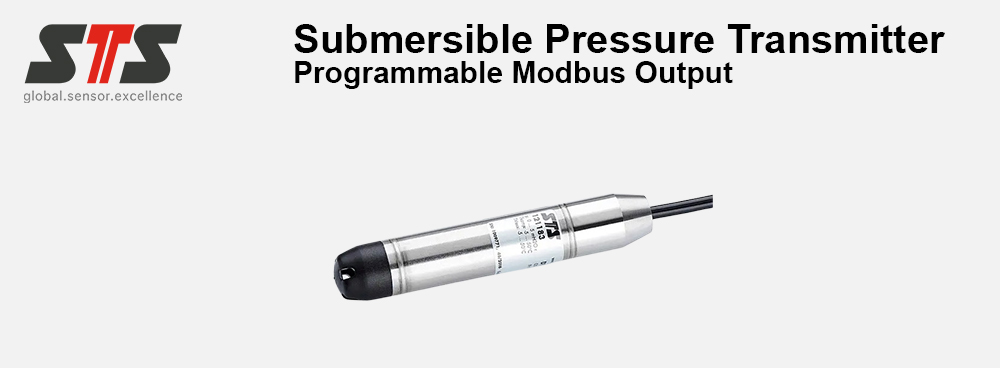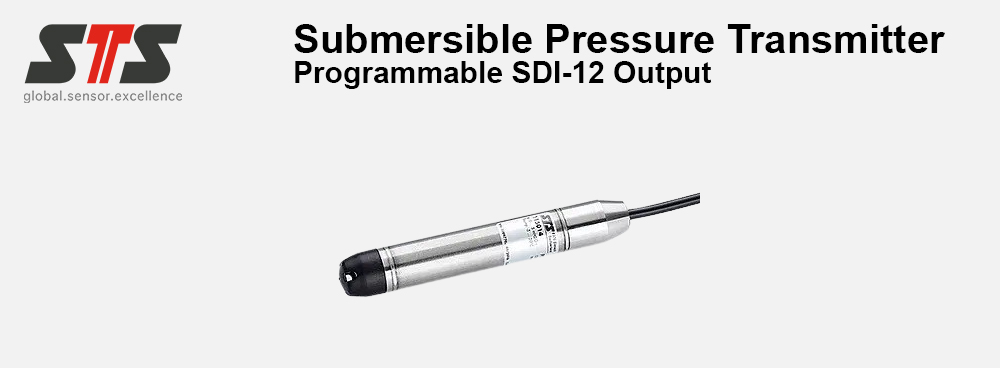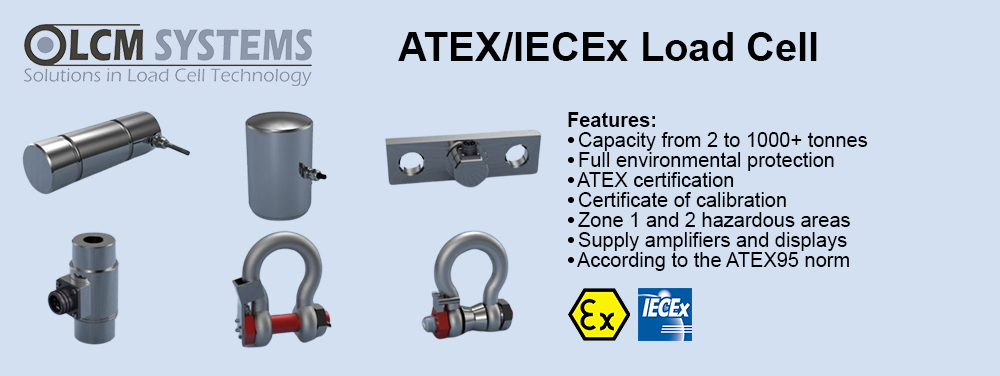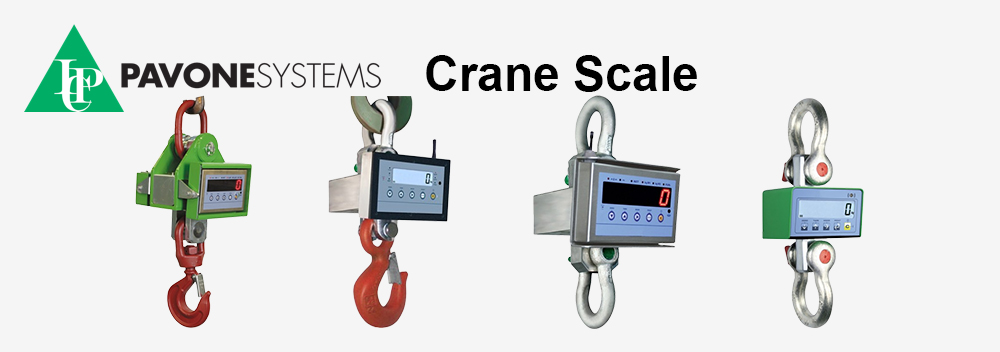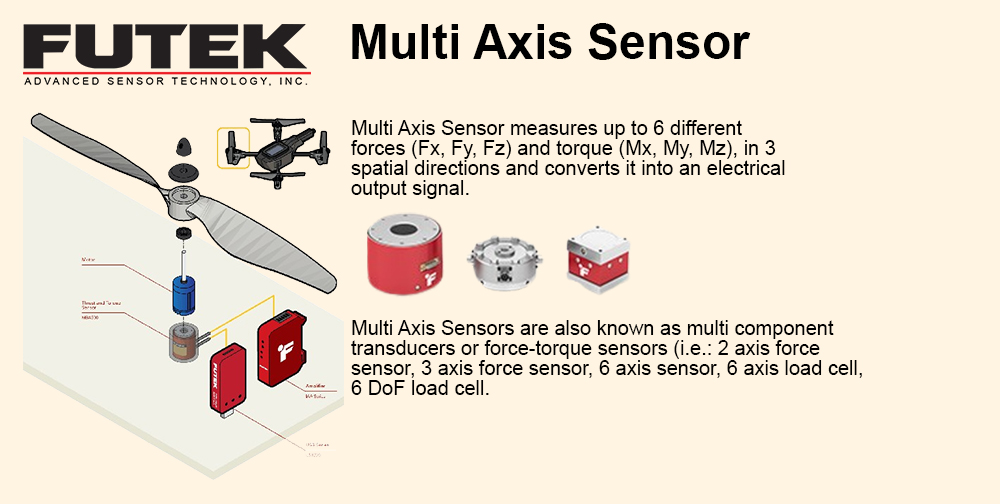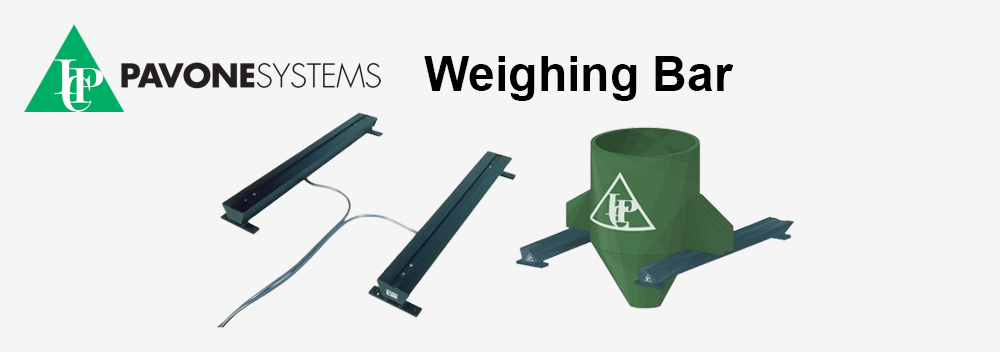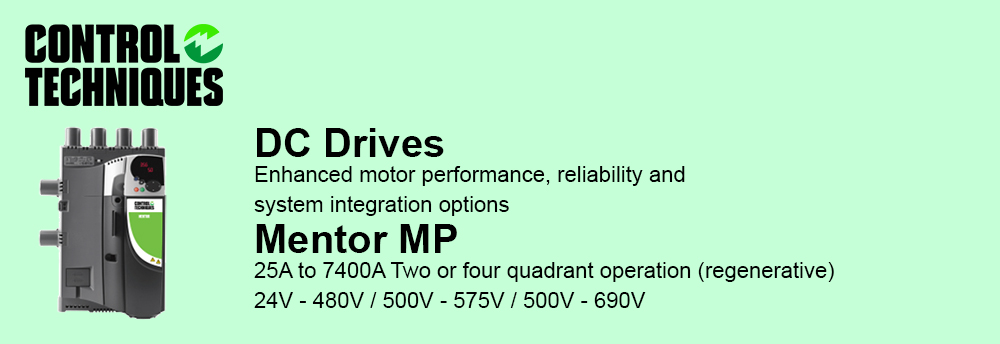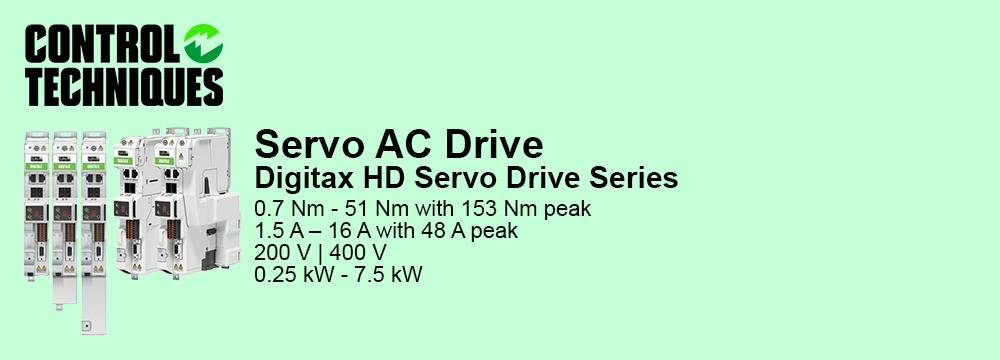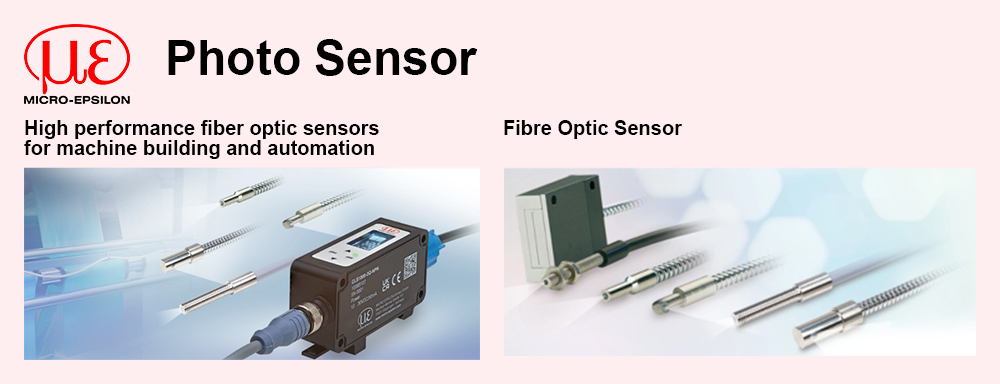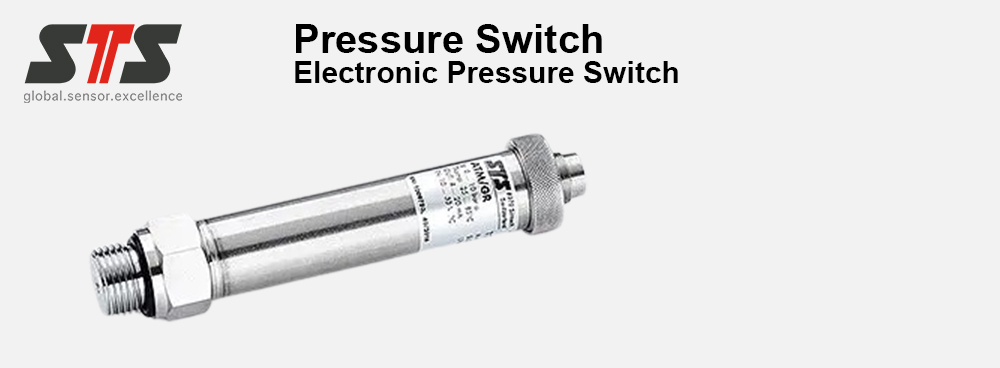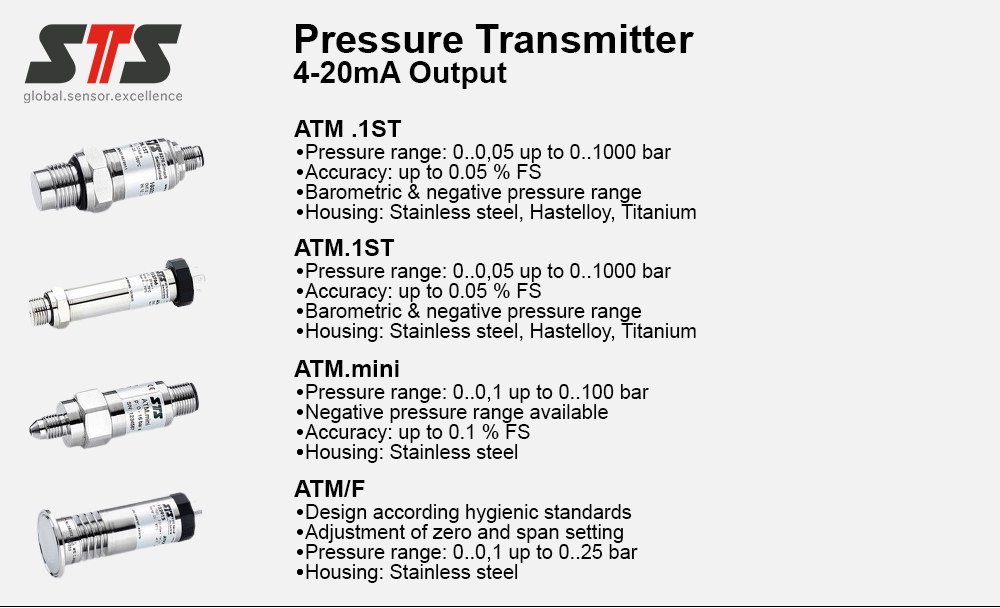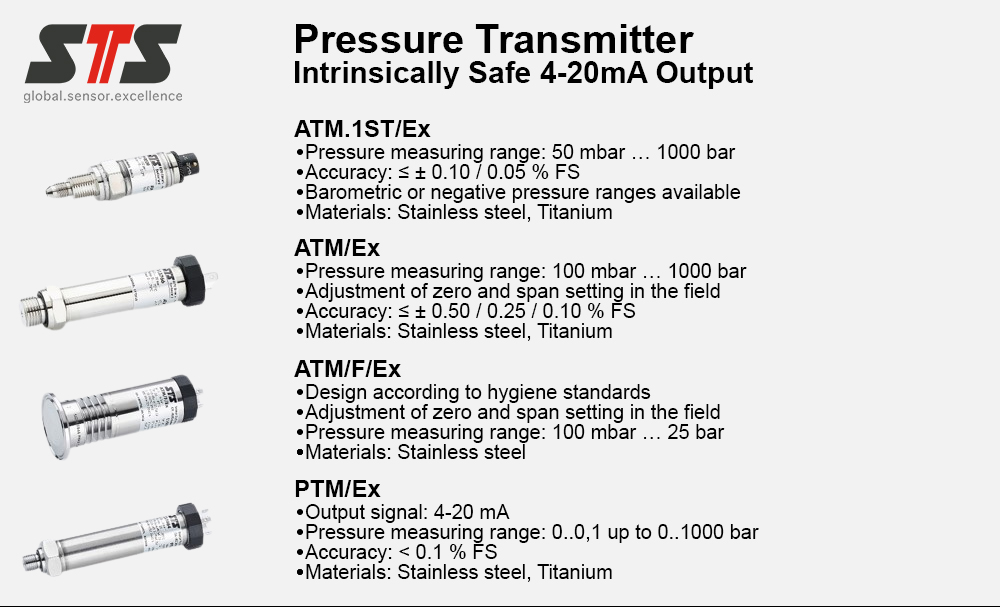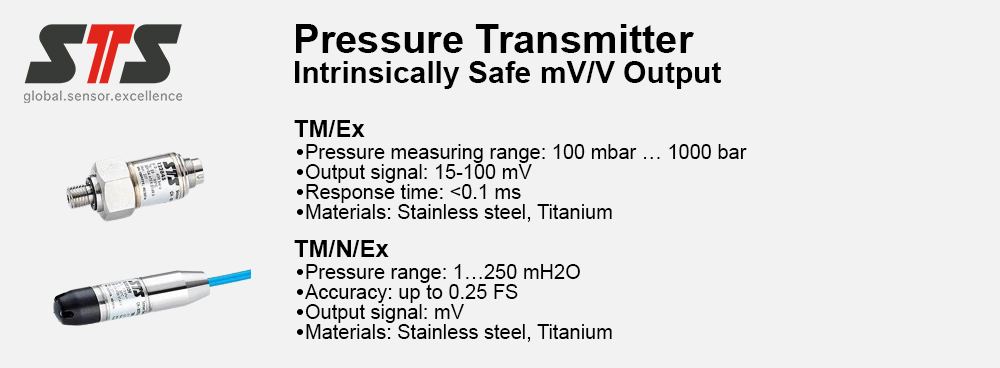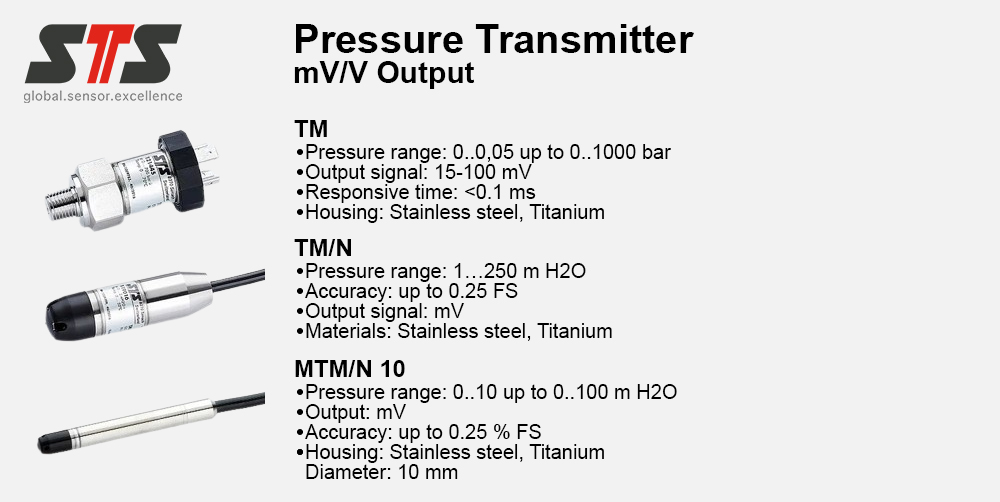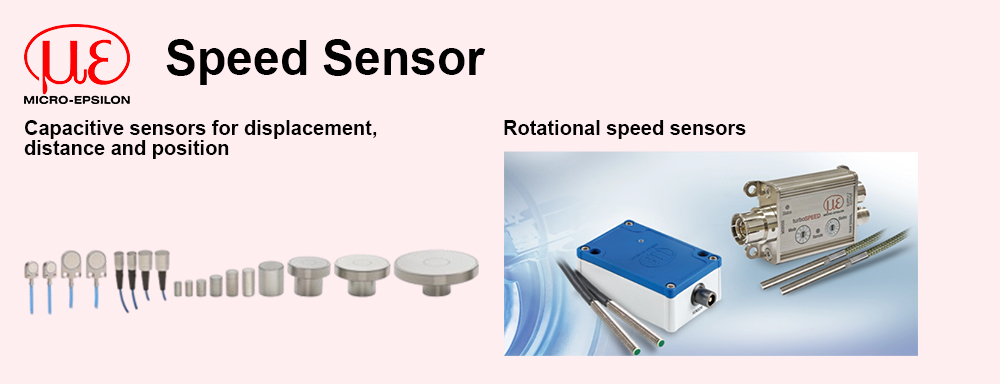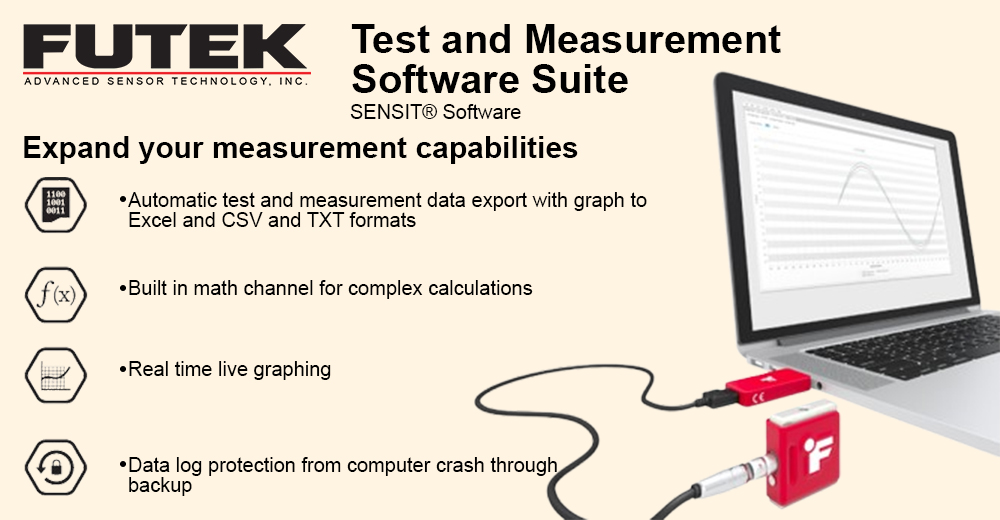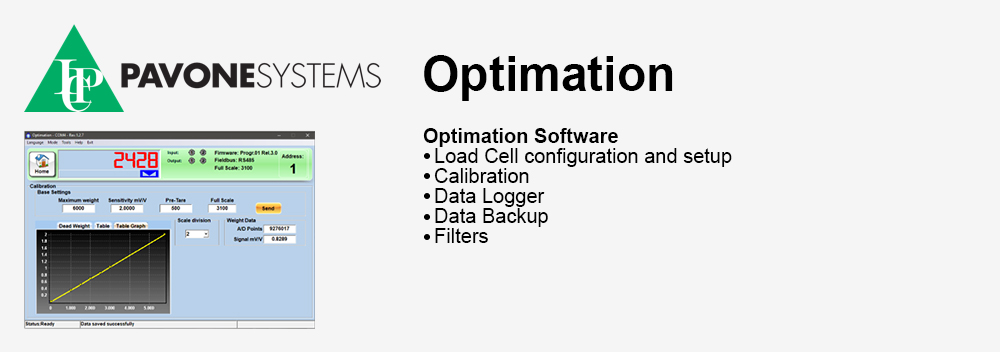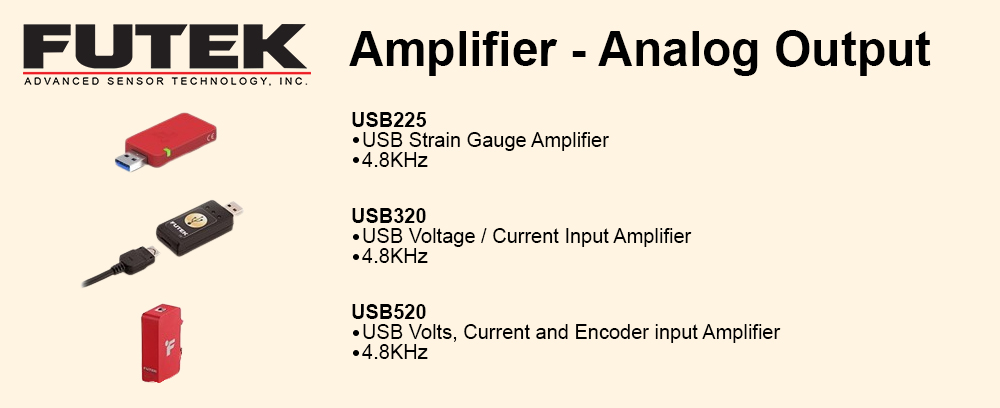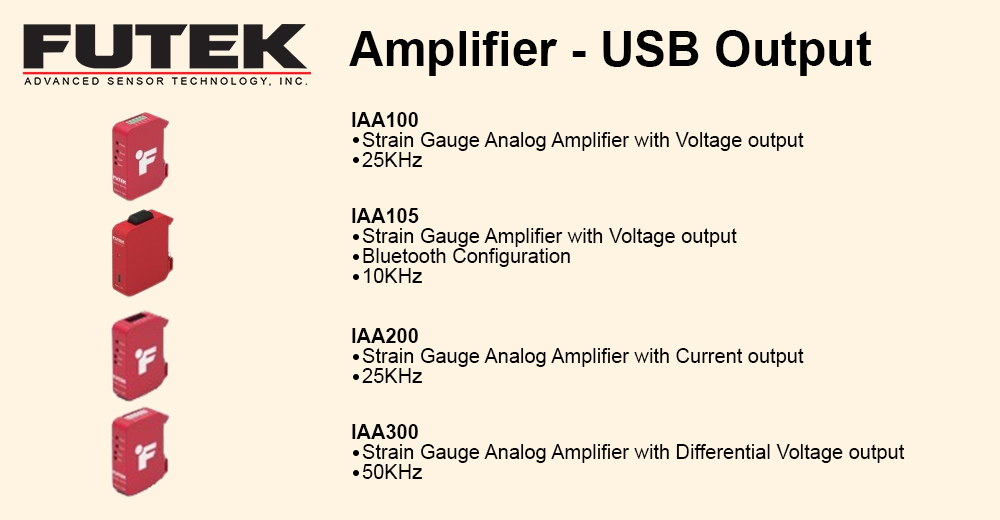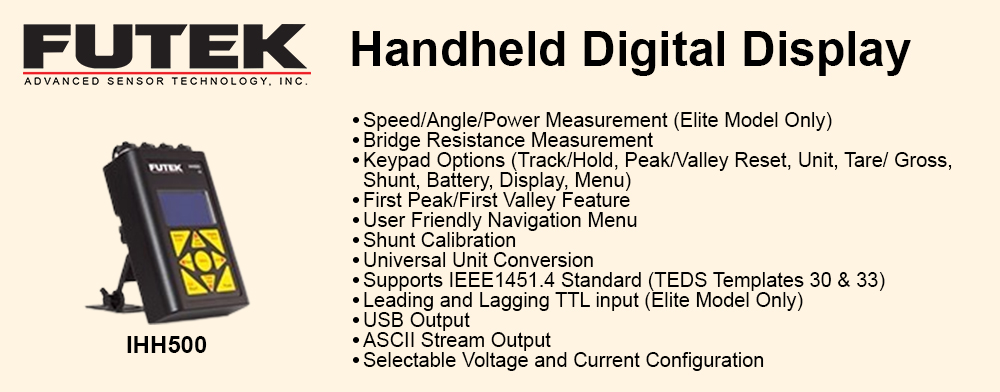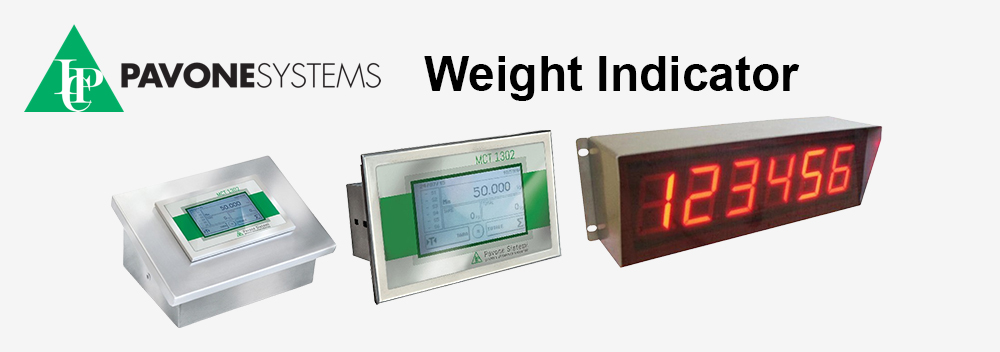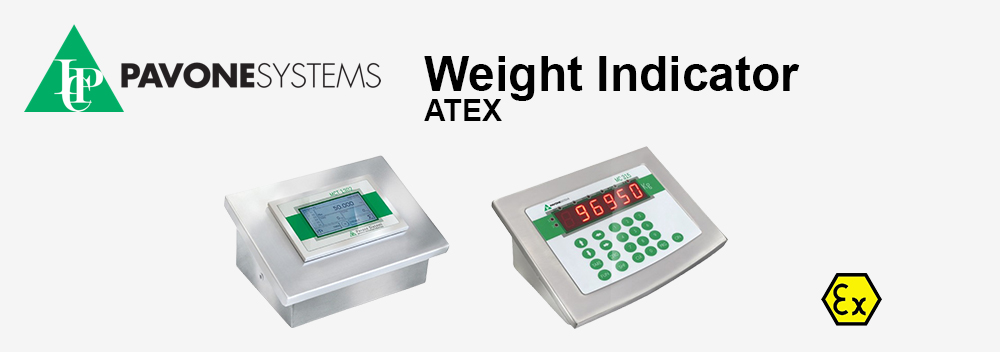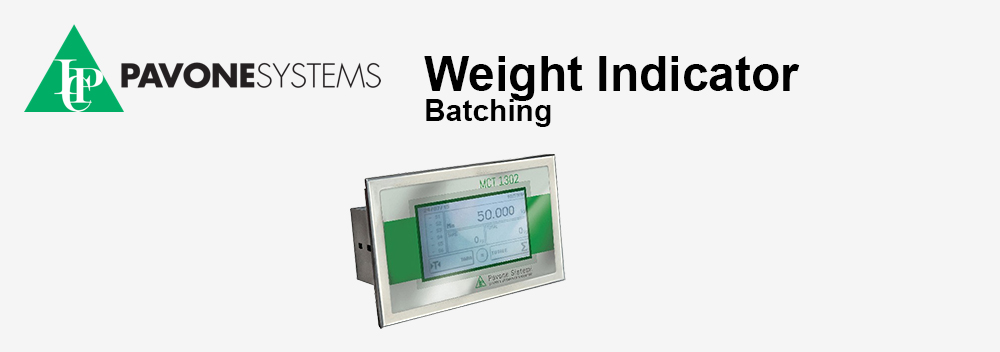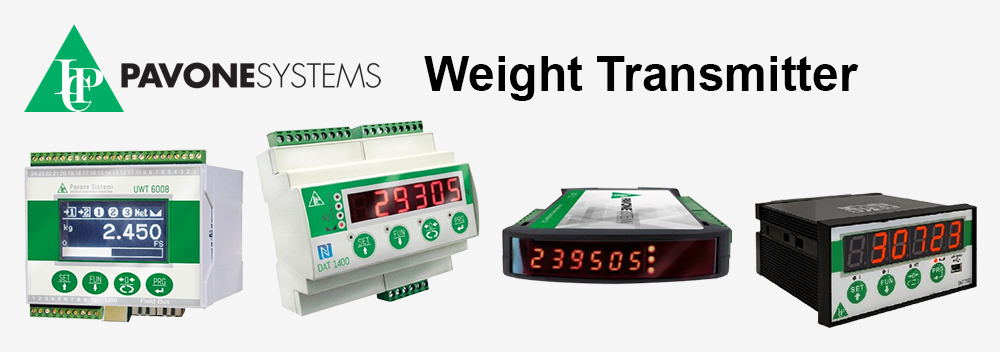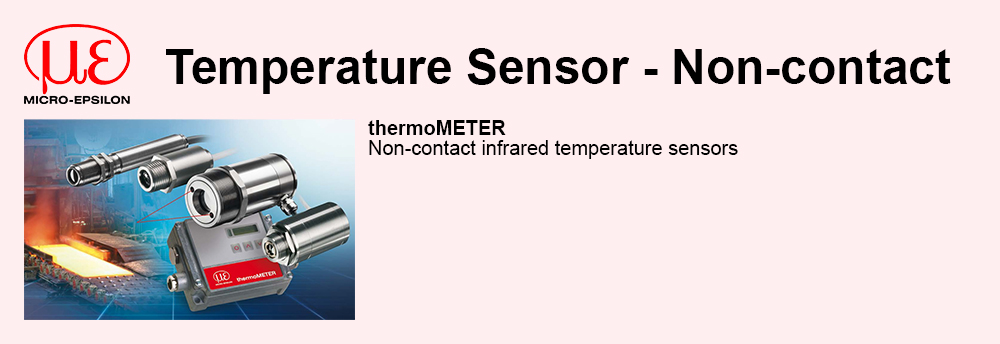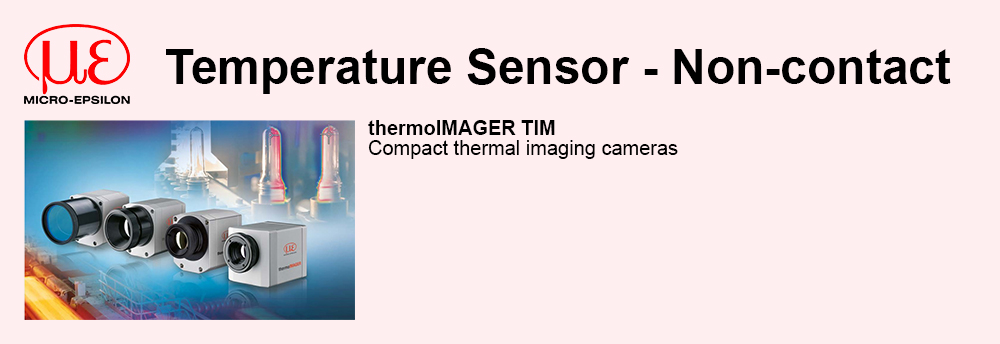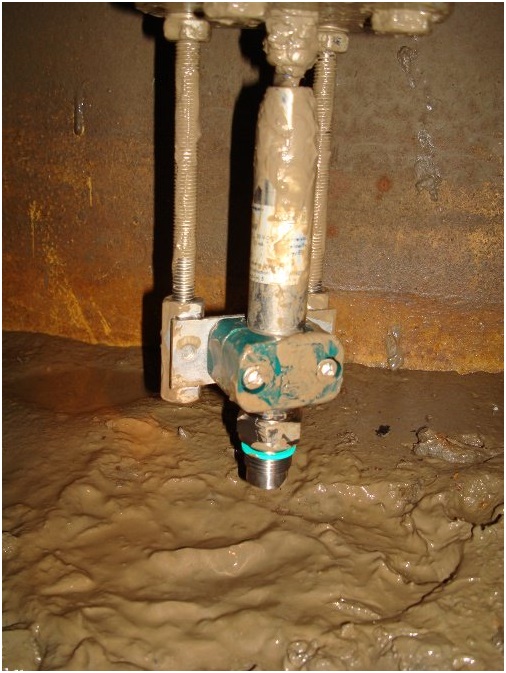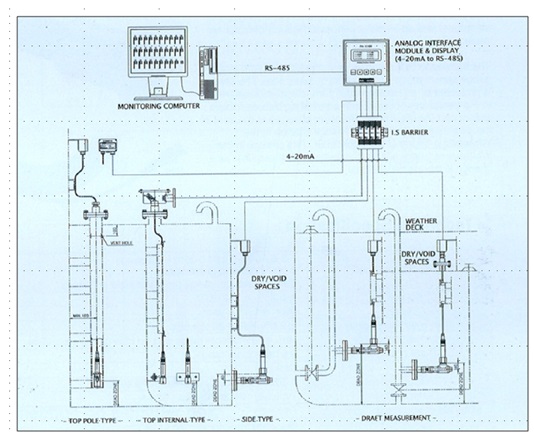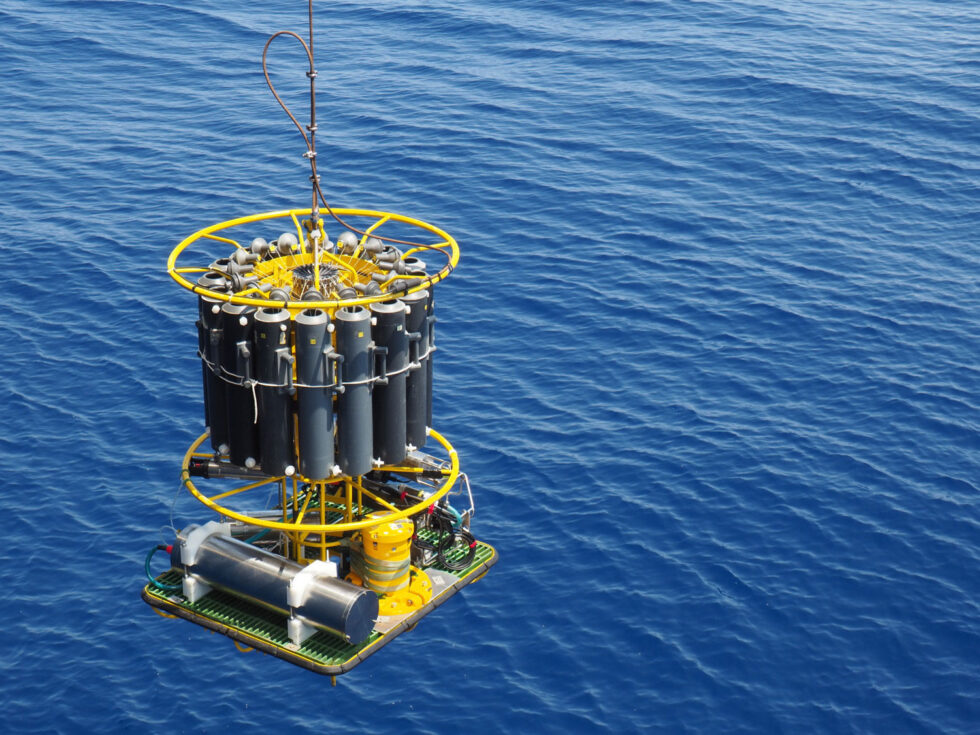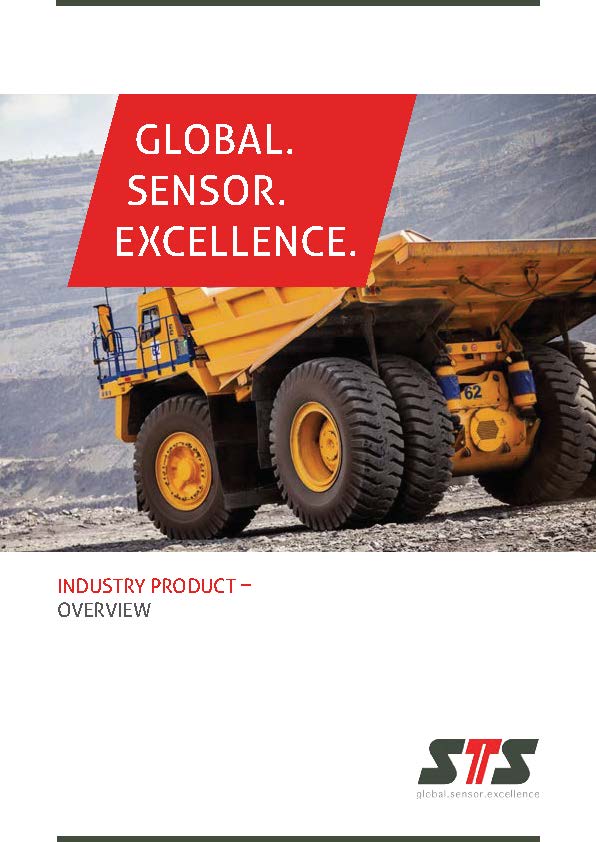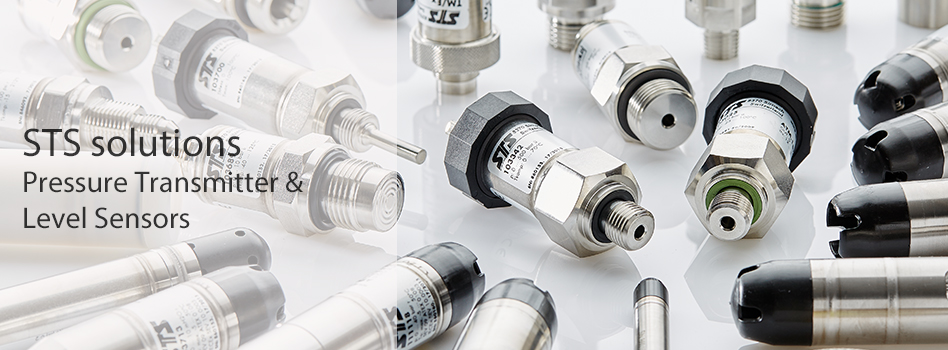 |
|||
|
Level Measurement using Pressure Transmitter in the Marine Industry |
|||
|
|||
|
STS's hydrostatic transmitter are based on piezoresistive technology, it offers a high accuracy over a wide temperature range, an excellent repeatability and very long term stability.
The sensor is isolated from the process by a stainless steel diaphragm and a filling liquid. The electronics are located within the hermetically sealed transmitter housing which gives an excellent resistance to shock and vibration. |
|||
|
Freshwater and wastewater tanks On cargo ships, fresh or drinking water is either carried in special potable water tanks or obtained from seawater through a purification treatment. The collection, treatment and disposal of ship wastewater in internal storage systems must also be monitored using an appropriate technology. Since this wastewater is often contaminated with harmful substances, such as oils or cleaning agents, its processing also remains subject to certain additional requirements. Both freshwater and wastewater tank systems are checked and monitored using built-in sensors. In this way, the systems can be monitored most efficiently, which in turn guarantees an optimum water supply across the high seas. |
|||
|
Ballast tanks Water ballast tanks are used to compensate for maintaining the trim and stability of the vessel for a safe sea passage.Ballast tanks are an important part of shipping. Without loading these tanks, large cargo ships can sometimes be too light, meaning that their propellers will not position deep enough in the water. To ensure a sufficient draught, the ballast tanks are filled up with seawater and can even be used to even out the weight distribution across a loaded ship. Since these tanks are being filled with saltwater, both the materials of the tanks and those of the sensors used must be robust and corrosion-resistant. Special attention is also paid to high reliability and durability, since the sensors are virtually inaccessible underway during on-board operation and must therefore function perfectly without any manual maintenance or inspection. |
|||
|
Level measurement installation options |
|||
|
Special sensory requirements Over the last few years, the shipbuilding industry has seen a steady stream of decisive innovations to which the production of sensors employed must respond accordingly. Whereas 15 years ago, for example, the durability of stainless steel was still a major concern, today we recognize that it corrodes when it comes into contact with saltwater at temperatures above 21 degrees Celsius. Nowadays, titanium is employed instead. STS recognized this problem early on and was one of the first companies to use titanium as a permanent component of its sensing technology. This extremely stable and robust material is now used as standard for a wide range of pressure transmitters and immersion probes, since it can withstand even the most adverse of conditions.
The technological requirements are constantly changing as the industry itself grows and evolves. What was considered standard a short time ago may already be inadequate by today. STS is therefore constantly striving to further develop the sensing technology it offers, thus guaranteeing reliability and accuracy, even in the face of increasing industrial demands. This flexibility and quality does pay off, however, with return rates negligibly low and problems more likely to arise from human error than through faulty technology.
Together, STS supply major customers in the shipbuilding industry with their sensing technology. With competent consulting and the use of flexible solutions, our customers have been able to record enormous growth in just a short period of time. By now, state-of-the-art vessels are being built at shipyards all over the world, in which submersible probes, pressure transmitters and other tailor-made solutions from STS are being used. Above all, our ATM/N and ATM.1ST/N sensors made of titanium and fitted with Teflon cables are being deployed as standard.
Thanks to their modular mounting system, installation of our sensors can be variably adapted to the prevailing requirements. Various forms of measurement, such as positive or absolute pressure, may also be implemented. The high flexibility of STS’s products, combined with the flawless quality of our sensing technology, has proven itself over many years of cooperation with our satisfied customers. |
|||




